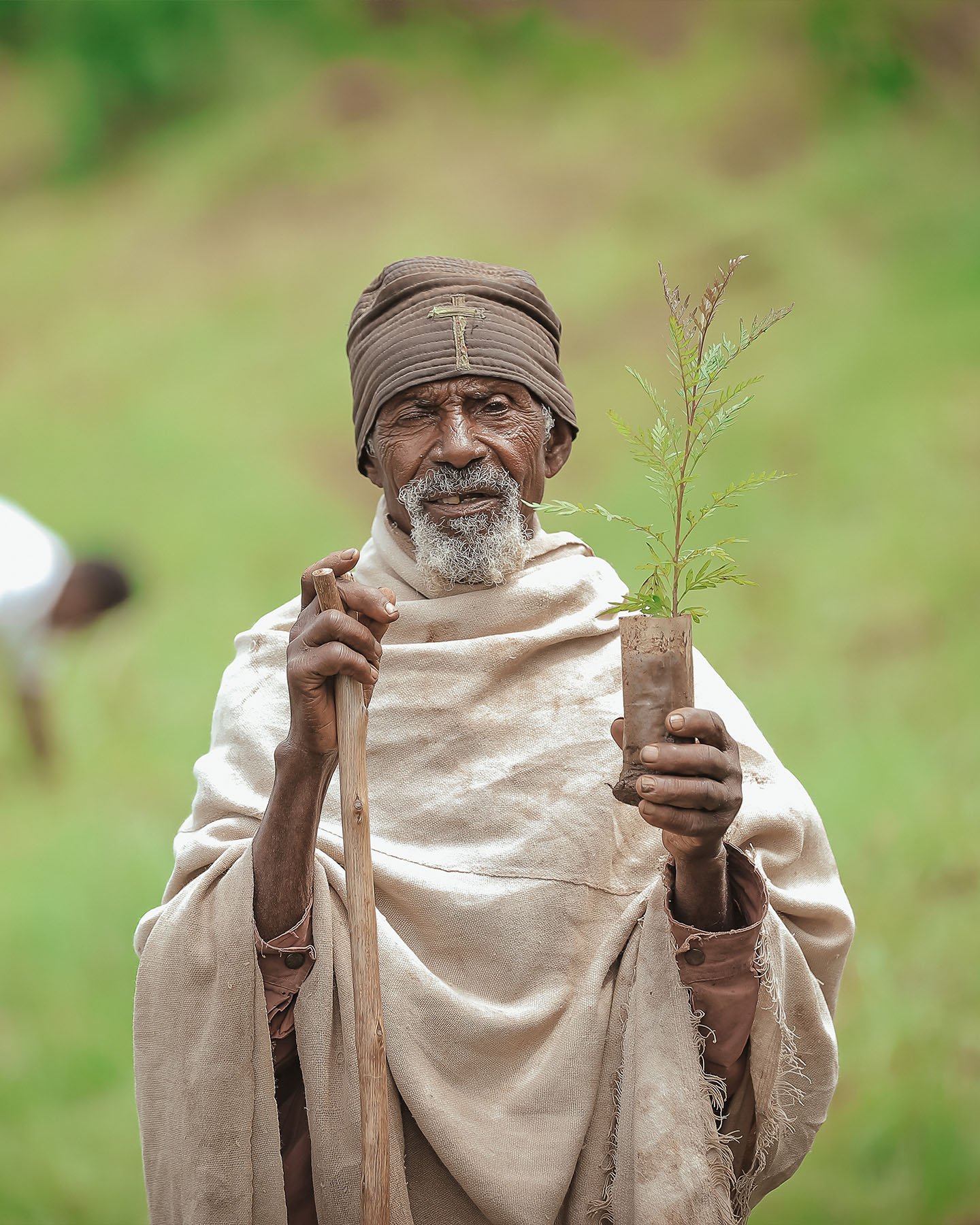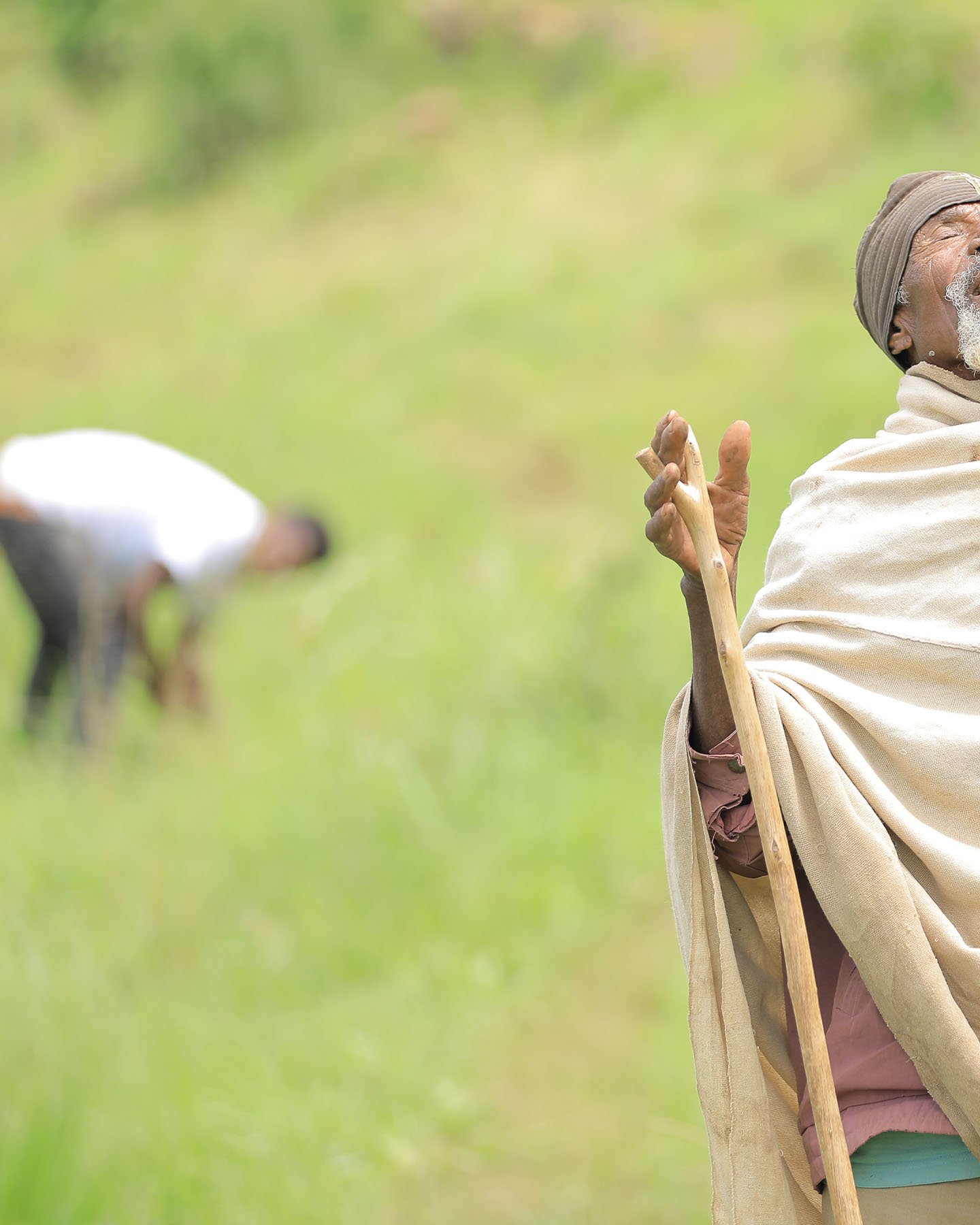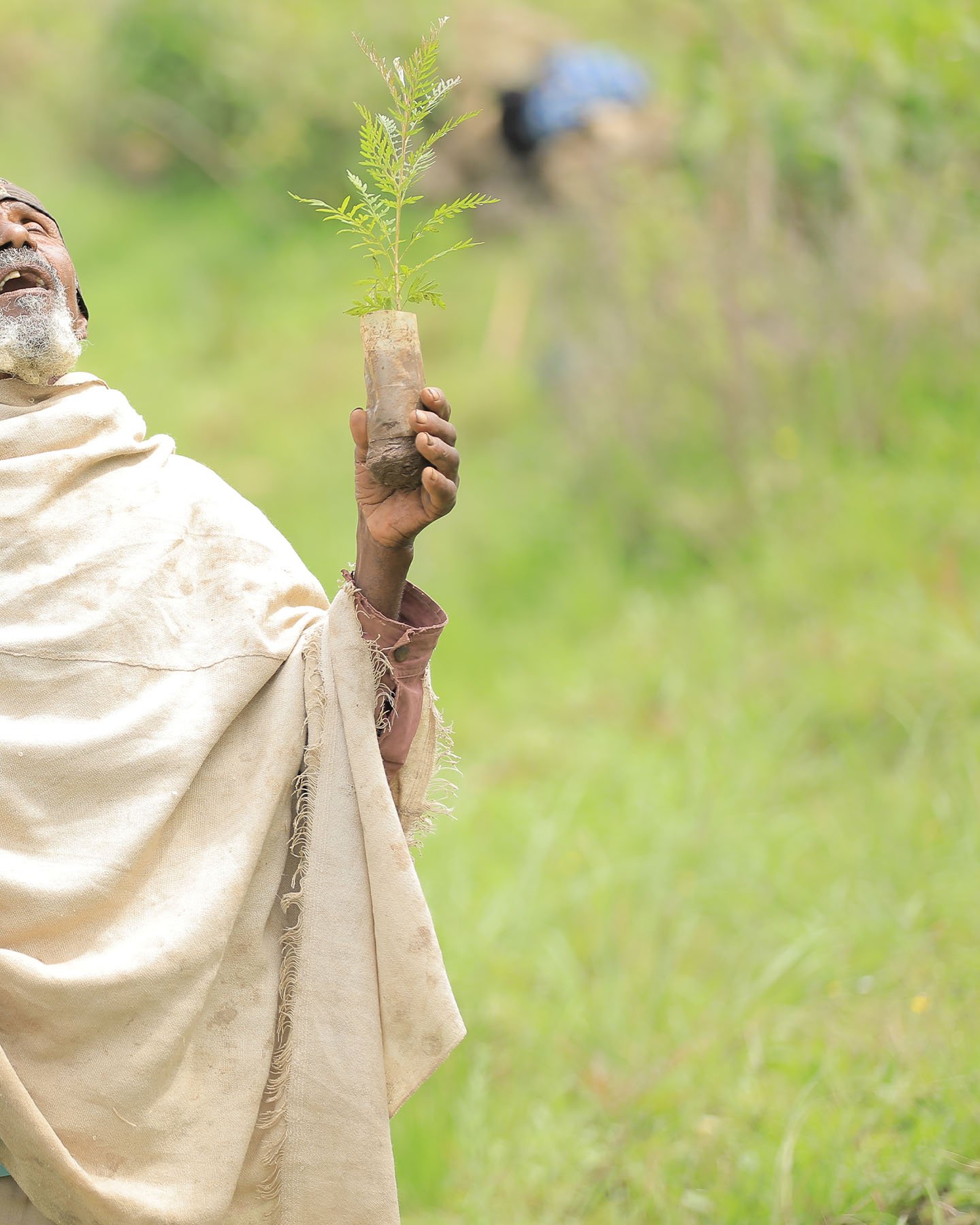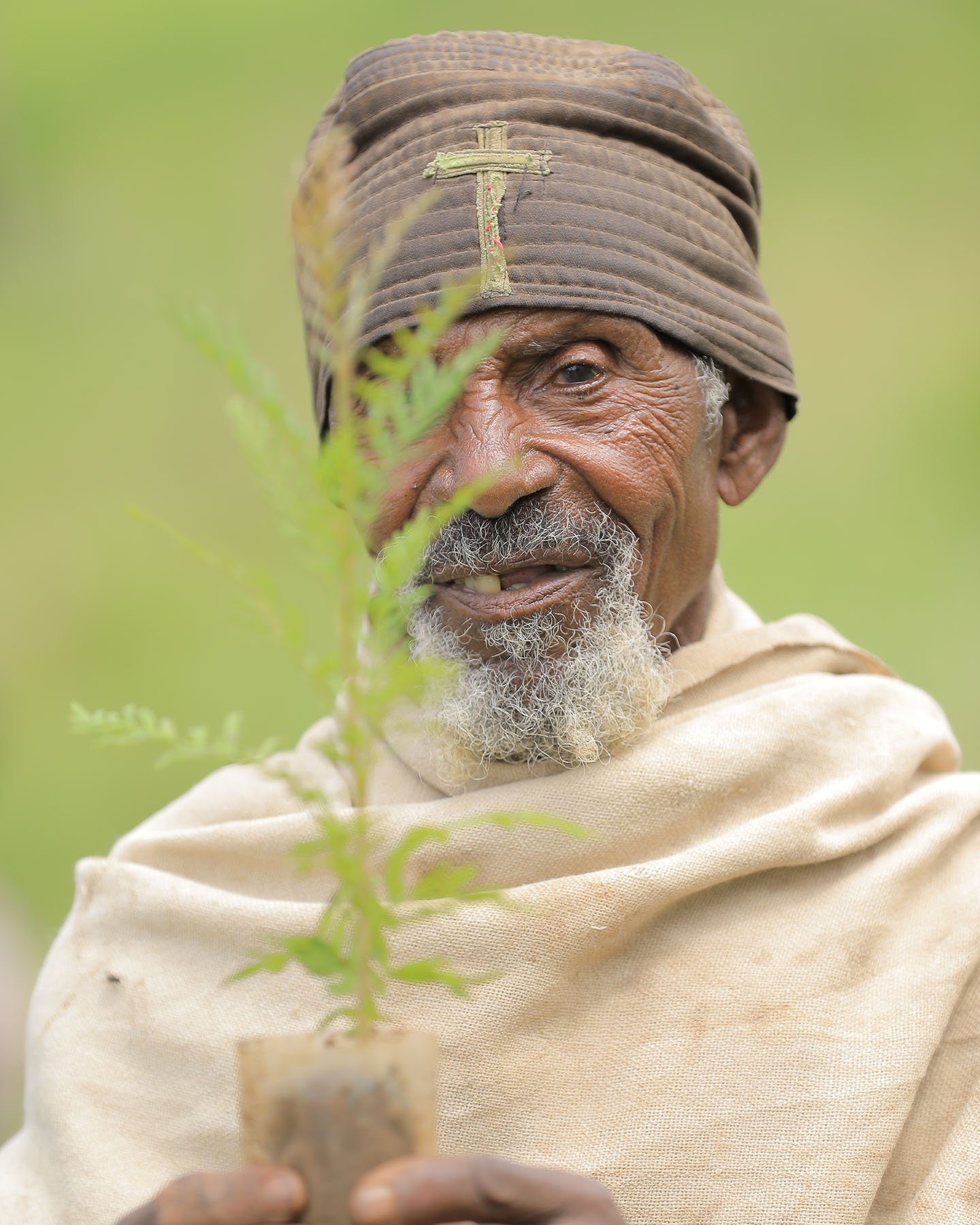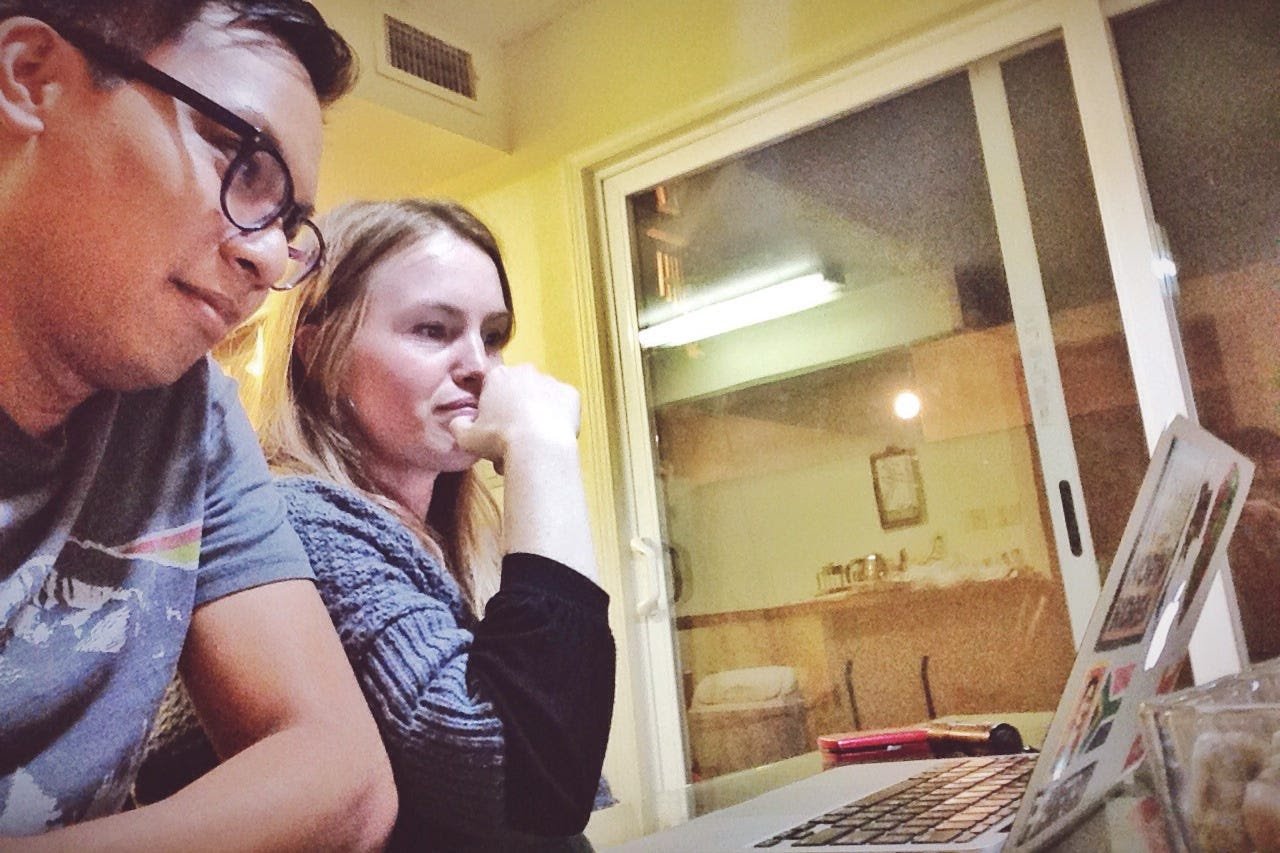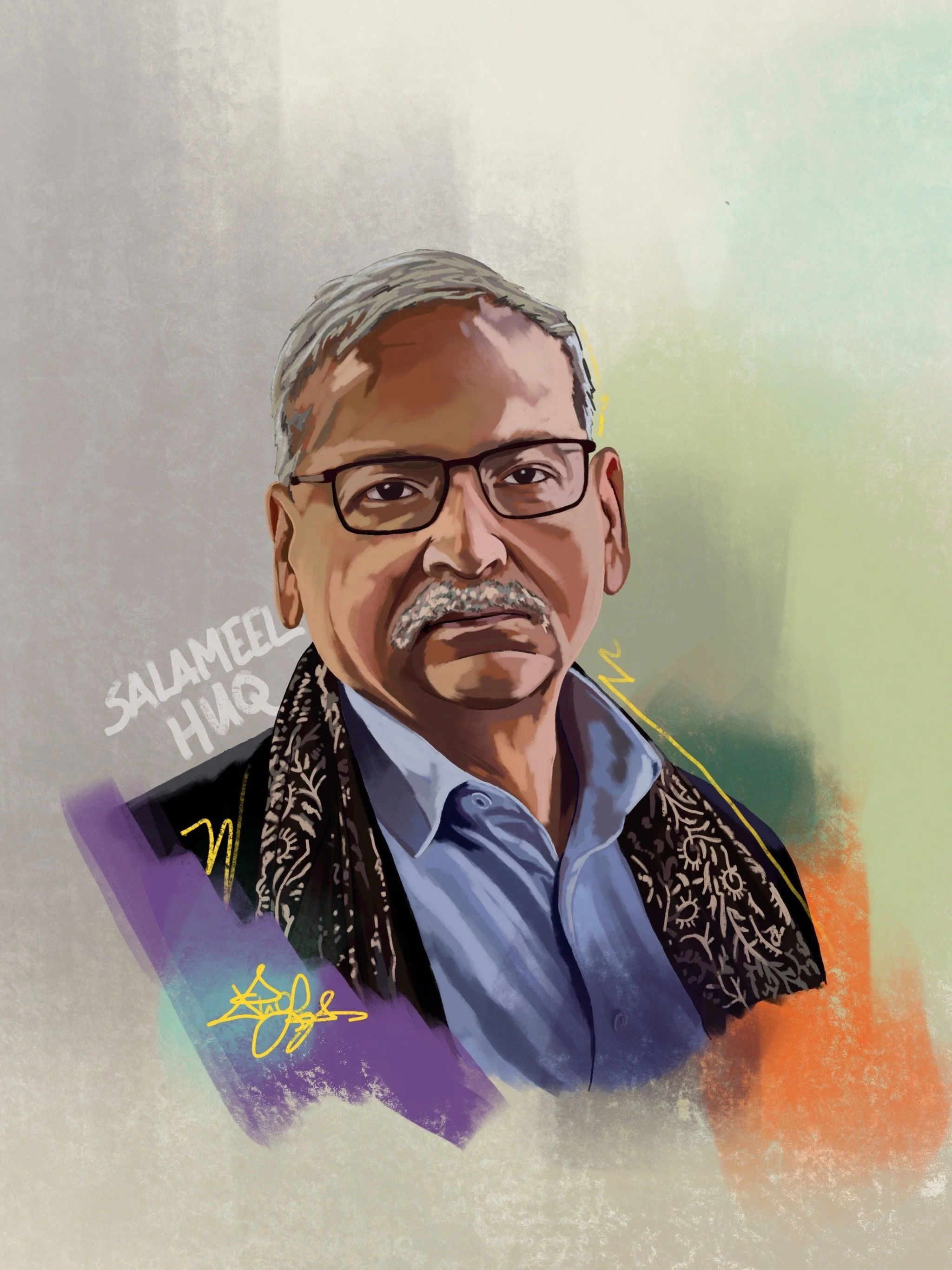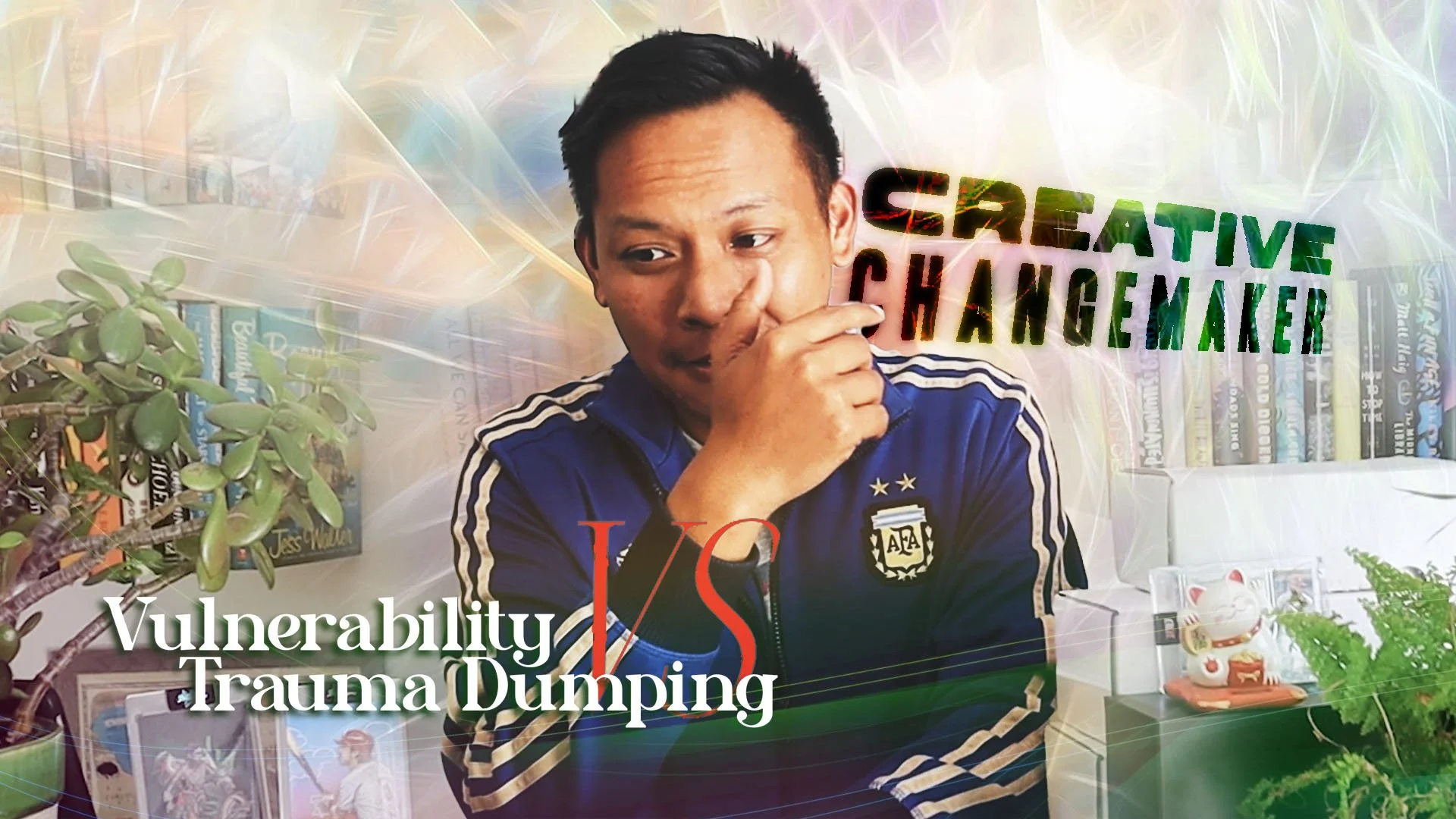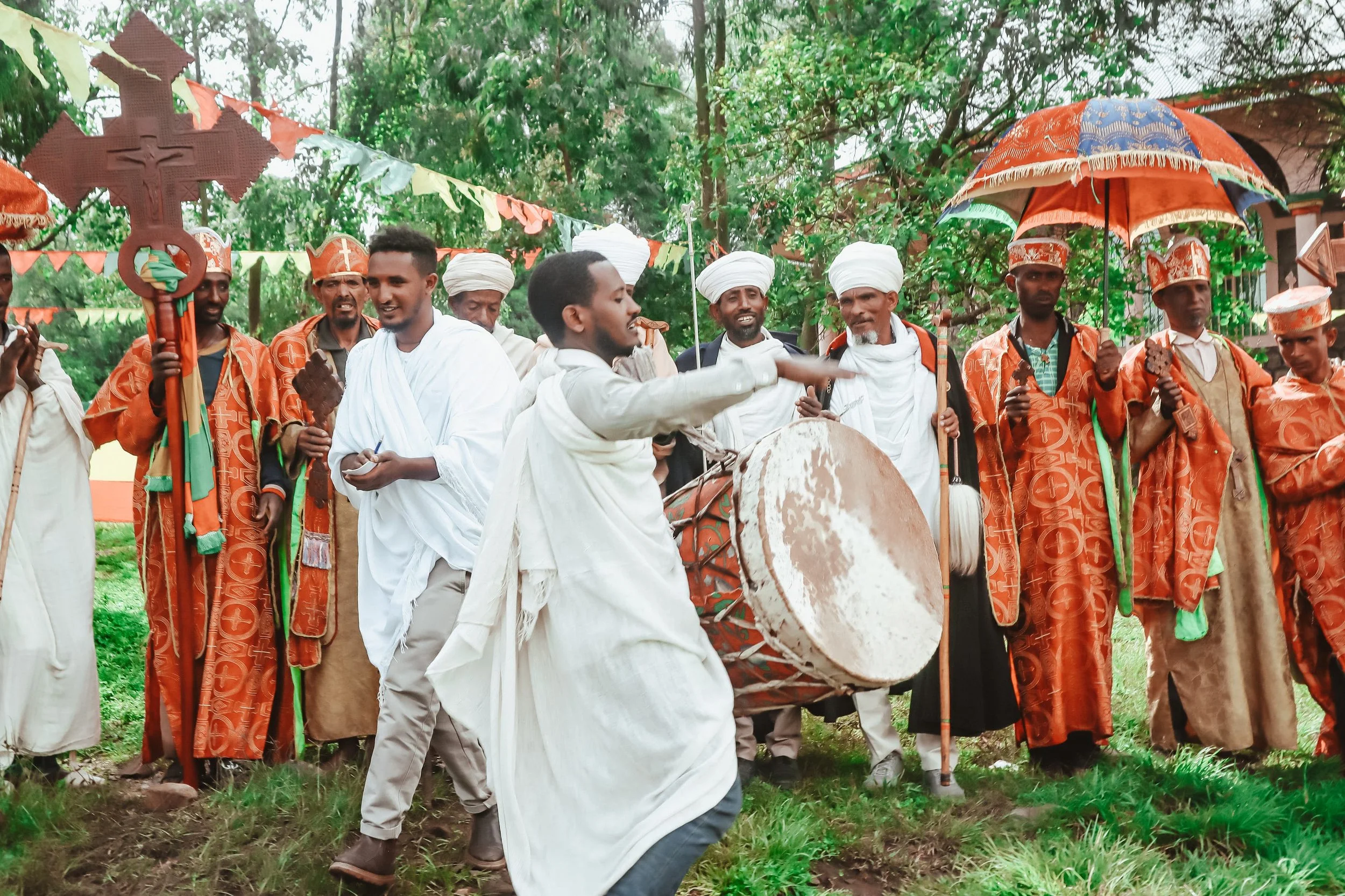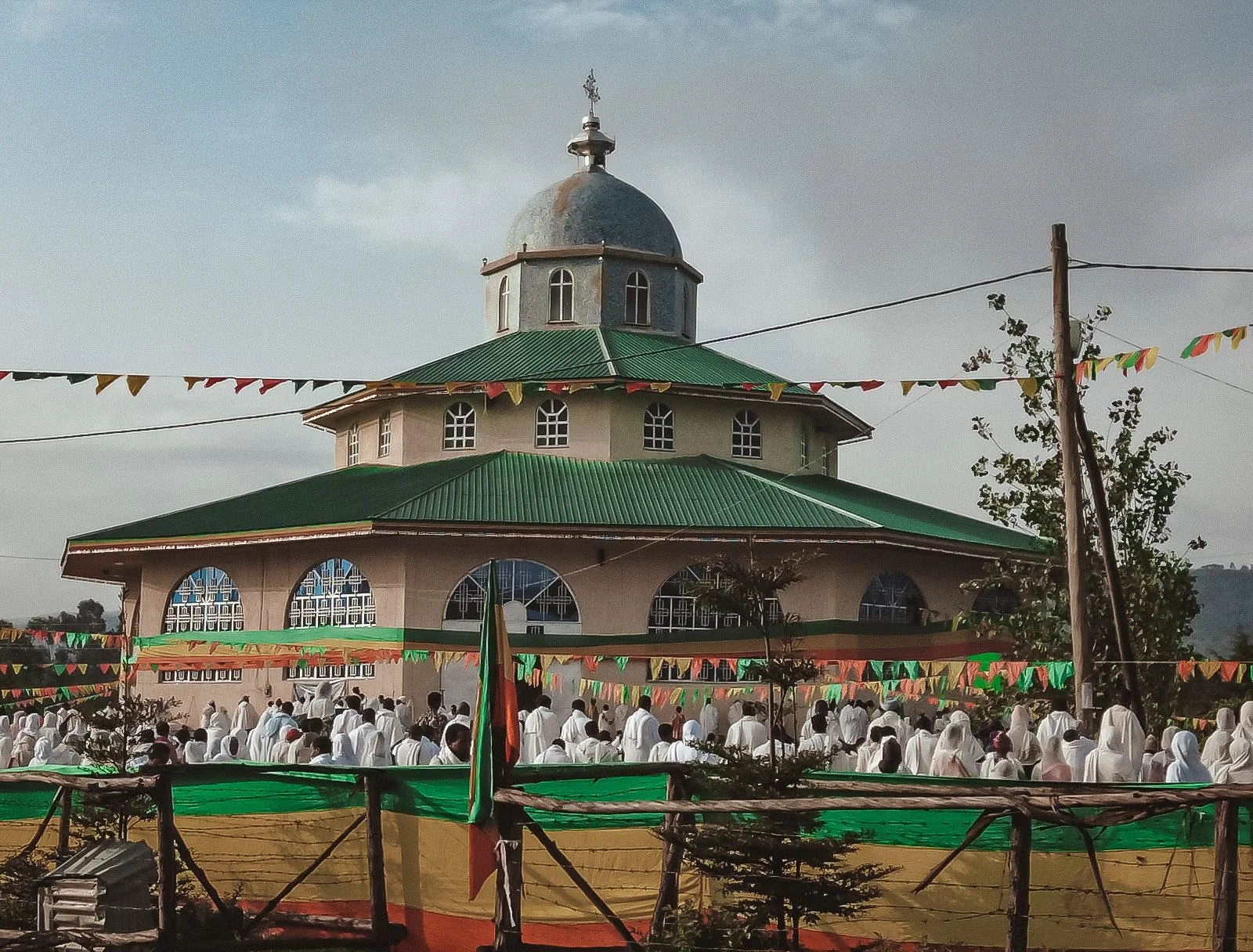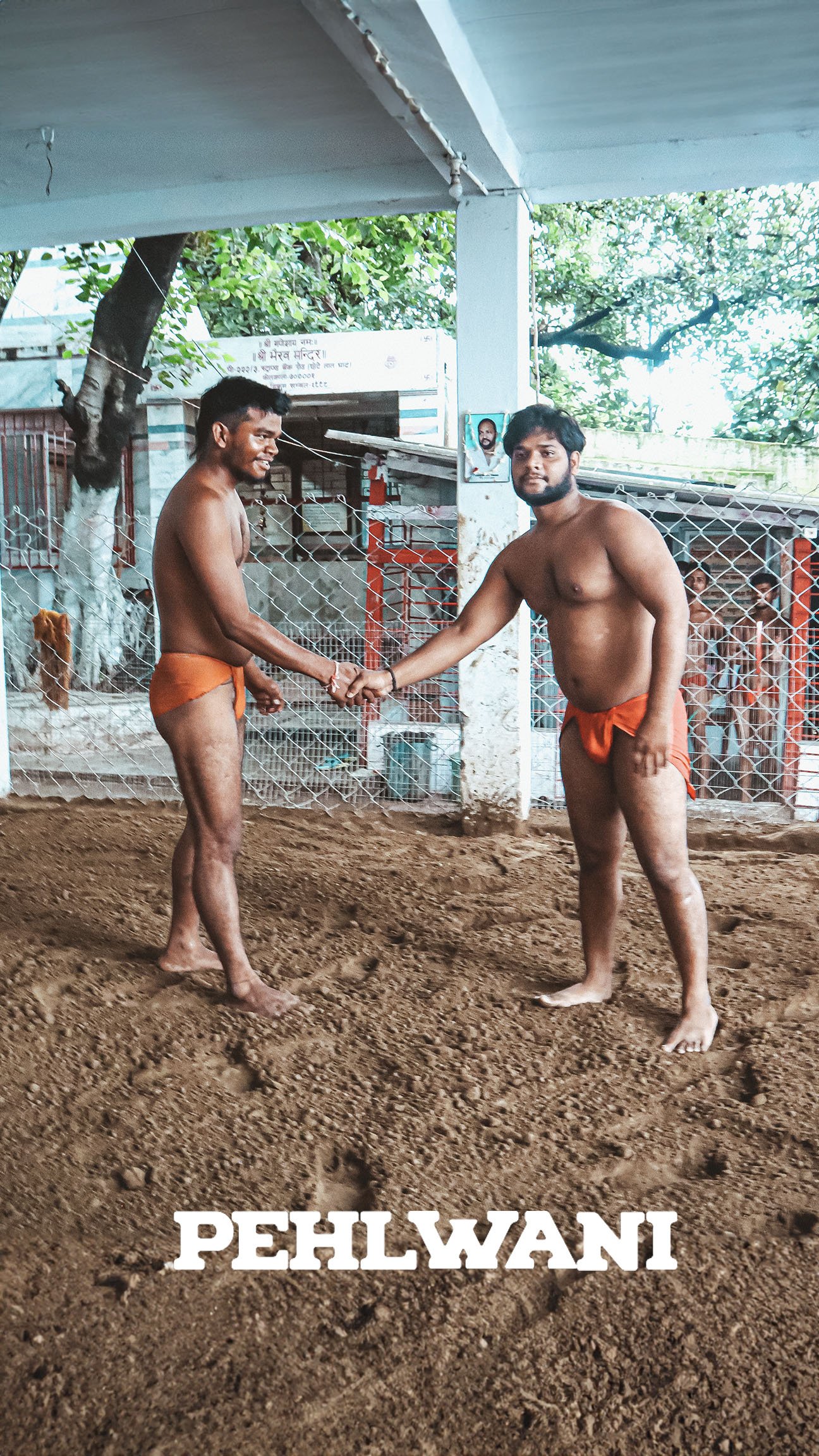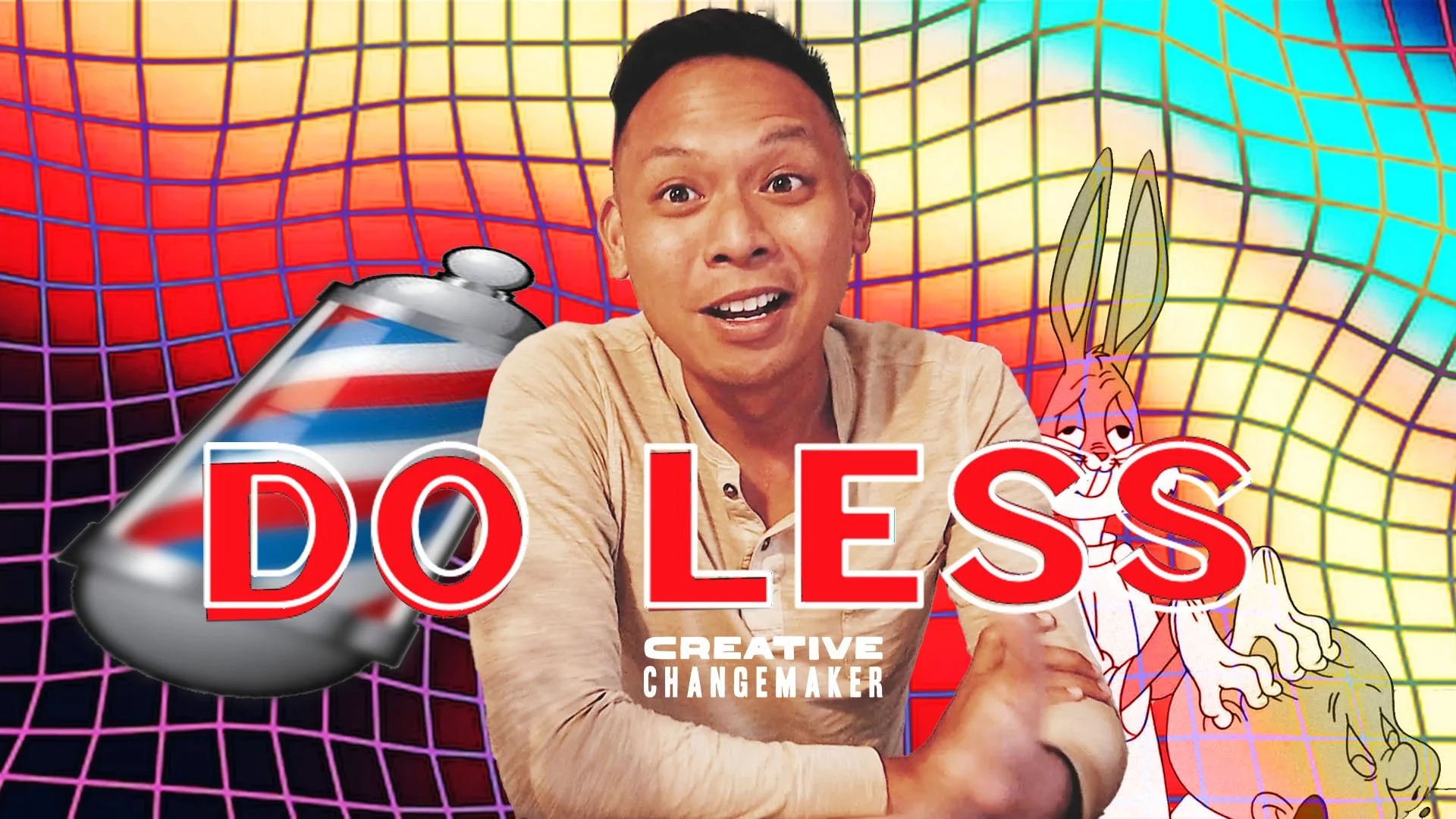Play along!
God Disguised as Life
“God comes to you disguised as your life.”
Life these days has a rhythm. I guess every life does. Biology and all. Life with small kids, a full workload, and constant creative projects make that rhythm more of a complex jazz beat. Alternating morning and evening routines with the kids. Scheduling long runs and recovery runs around them. Looking for the days without meetings for opportunities to write in a coffee shop or edit video for an extended chunk of time.
“God comes to you disguised as your life.”
The quote is attributed to Paula d’Arcy, who tragically lost a spouse and child in a car accident while pregnant and who has ever since been a writer and spiritual guide, helping people identify God’s presence in every day realities. Bland, beautiful, or brutal as they come.
“God comes to you disguised as your life.”
The love that holds the world together creates infinite possibilities, some we allow to play out into the horrors of war in headlines and social media. Some we turn into new life in backyard gardens and tunnel slides. And some days we just get to take three breaths, reheat leftovers, and know there’s something sacred there too.
Faith & Nature
In the U.S., religion and environmental care are often positioned at odds with one another. The more active one is in religious activities, the less likely they would be to describe the environment as a priority or to support efforts of environmental activities.
In my travels, I’ve found that this is an especially American phenomenon, and in most other countries, people are motivated BY their faith to take climate action.
The Ethiopian Orthodox Church in particular took their environmental stewardship so seriously. A number of priests and deacons kept telling me about how at the end of things we’ll be asked to account for how we took care of creation.
It was so refreshing to hear the priests describe the integration of faith and environmental stewardship so clearly. To them, it was a no-brainer.
The Audience You Can't See
How to make the most of a world where you can’t see the audience
I’ve noticed a strange thing that happened during my first year of doing improv. I had a really hard time hearing the audience.
It didn’t make sense, because I’d been performing at a really small theatre. It didn’t take much to sell out the show, and the stage was never that far from the furthest seats.
It didn’t matter. Being on stage put this psychological sound absorber in between me and the crowd.
I suppose there might have been perks to that, allowing myself to not live and die by the audience response, and to instead focus on play. But I didn’t exactly like it. Especially from an art form where, well, laughs are kind of a big deal.
After a few shows, I had people come up and tell me that they liked my performance, and then specifically mention certain parts they liked.
I would say thank you, but in my head, think. Wait, really? It felt dead silent when I said that on stage.
I can’t always see my audience, but you can see me. Watch me unpack this phenomenon on the latest Creative Changemaker.
This made me realize that for whatever reason, I just was desensitized to my audience and I would have to learn to perform without taking as many cues from them as I was used to. This never happened to me as a public speaker. Whenever I’m giving a talk, one of my favorite things is to build that rapport with the people who are there and to enjoy that moment of connection.
Maybe it was my lack of experience, or the fact that I was kind-of, sort-of in character. But improv was different.
But then I started to think that this might not be such a bad skill to develop! Getting used to creating and performing for an audience that you can’t immediately see.
Like it or not, this is a more common way creators are having to work these days.
People have to create and edit online videos, hit publish, and hope they land as expected.
This isn’t exactly new. Writers have worked like that as long as we’ve had the written word. But it is increasingly common.
Here are some things I’ve learned about performing well under those circumstances…
Get in front of a physical audience when you can.
Just because creating for an invisible audience is more common, that doesn’t mean that the physical audience is less important. Quite the opposite. I think being able to create and perform for a physical audience is perhaps more important.
When you’re in that moment in front of a crowd, you’re actually teaching yourself about audience reaction. And it’ll be important for retaining that muscle memory when you aren’t around an audience.
A seasoned performer has those instincts about when a crowd will lean in, when they’ll be uncomfortable, and how they’ll ride every moment of your performance. Stand-up comedians are perhaps the best at this, knowing how slightly tweaking a delivery will flow through a crowd in a very different way.
When you don’t have your face-to-face connection with your audience, it’ll be harder to pull those strings. But if you have a good innate awareness of that rise and fall, you can navigate the distance much more easily.
Think of your audience’s likely state at viewing.
You play differently to different crowds, yeah? Another thing I picked up from improv is that some jokes will land better with the 730 pm crowd that comes looking for sharp, layered humor. Then there’s the stuff that plays better with the 1030 pm audience that might be slightly intoxicated.
You can still be yourself at either show, but anticipating your crowd’s state helps you adjust the way you lean.
This is not terribly different from adjusting the way you’ll create for people differently based on how they’ll be consuming your material. Let’s say you’re a video content creator. Is your audience a captive audience that lights up when they see a new release? You’re probably in a better spot to start your videos cinematically versus somebody whose content mostly interrupts potential viewers mid-scroll.
Having a quick start and grabbing attention early on is more important.
Don’t be afraid to visualize what your audience might be up to at the time you launch your work.
Get used to watching people watch your work.
Here’s another part of the process that gets easy to skip.
A lot of people don’t like watching their work being consumed. It’s uncomfortable and vulnerable. You feel a bit naked and like you’re being judged in real time.
It’s still worth it to move past that and watch people take in your work. Let a friend watch a video you made and see their reactions. Sit back as somebody goes through your art gallery.
Much like paying attention when you do have the opportunity to perform live, paying attention here will allow you to better understand what moments match with different responses. In doing so, you develop those instincts of how to best play to your audience’s interests.
Build confidence in your own voice.
Once again, the important lesson of trusting yourself proves to be vulnerable.
If you can’t hear your audience, you can’t rely on them to be your sole indicator on whether or not you’re a good performer. You have to find that in some other ways, including simply riding your own confidence in your voice.
The de-facto disclaimer is that you of course don’t want to be delusional or overconfident about your own voice. That’s why it’s also valuable to get coaching or feedback from somebody with helpful insight when you can.
For me, learning how to be confident with my own performance was perhaps the key to moving past my challenge in not connecting with my audience as easily via improv. I went ahead with what I had a sense would perform well, and soon enough, that psychological sound barrier started to dissolve a little.
Make for your micro-audience.
This is a tip I have for so many different things, and I could do a whole lot of writing on this practice alone. But essentially, instead of trying to perform for whatever crowd arrives, consider your micro-audience.
These are ten or so people who you feel like you’re really making your work for. When you sit down to write, it’s almost as if you’re putting all that stuff in a letter to these people.
I’ve always found it helpful to think that there’s a core group of people who really best represent the kind of people I like to create for. The people I like to perform for. It’s usually a combination of people who’ve seen my work and who’ve given me the sort of response I love to hear, and people I know who I wish could always be in my audience.
Of course you’ll often have larger and much more expansive crowds. But being able to focus on your people can help give you a clearer point to aim for.
Like I said earlier, so much of modern creativity is wrapped around the increasing need to perform for an audience you can’t always see. But if you develop the right instincts, you might soon enough be on the right path to carry the lessons you learn from a crowd over into those other spaces.
Ethiopia's Church Forests
The Church Forests of Ethiopia are truly one of the most remarkable religious and cultural traditions I’ve gotten the chance to see up close. It’s an ancient tradition that has significant impacts on some of our most pressing contemporary challenges… namely climate and biodiversity loss. Hearing directly from the priests and monks about how their spirituality shapes their emphasis on conservation was soul nourishment.
Salameel Huq
When I went to Bangladesh, so many people told me the person I needed to talk to most, to understand the BOTH/AND dynamic of Bangladesh… how it’s both one of the most climate vulnerable countries and a success story of resilience… was Salameel Huq. He’s a scientist and communicator who’s been banging that drum for years.
Unfortunately, I didn’t quite get that interview arranged, but I did score an audio clip that I used in what might be my favorite video I’ve made thus far. (Bangladesh two-parter, ICYMI!) I also ended up talking to a bunch of people influenced by his work.
Sad to have heard about his passing earlier in the winter. Rest in peace and thank you for all you’ve gifted to Bangladesh and our planet.
Outside Time
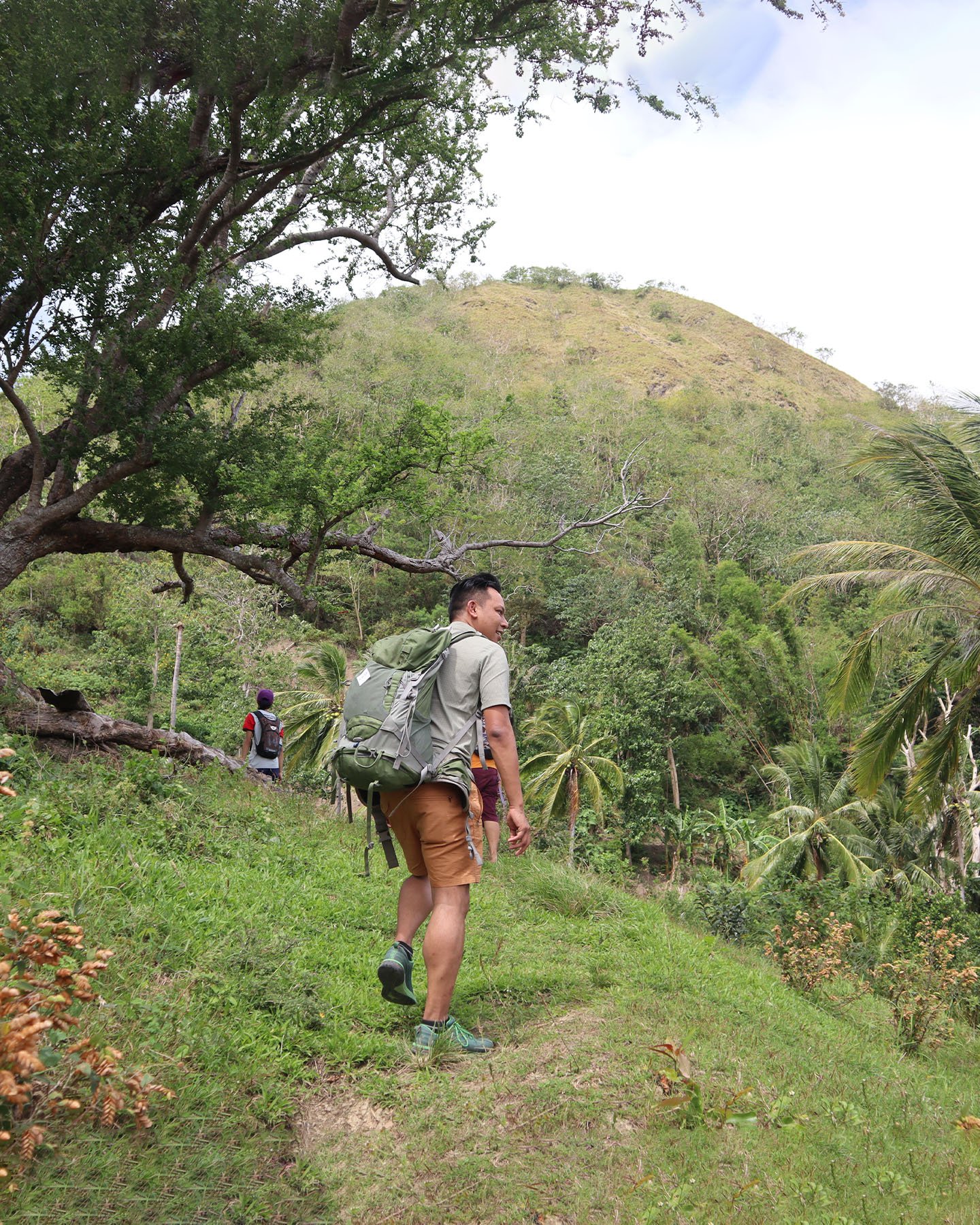
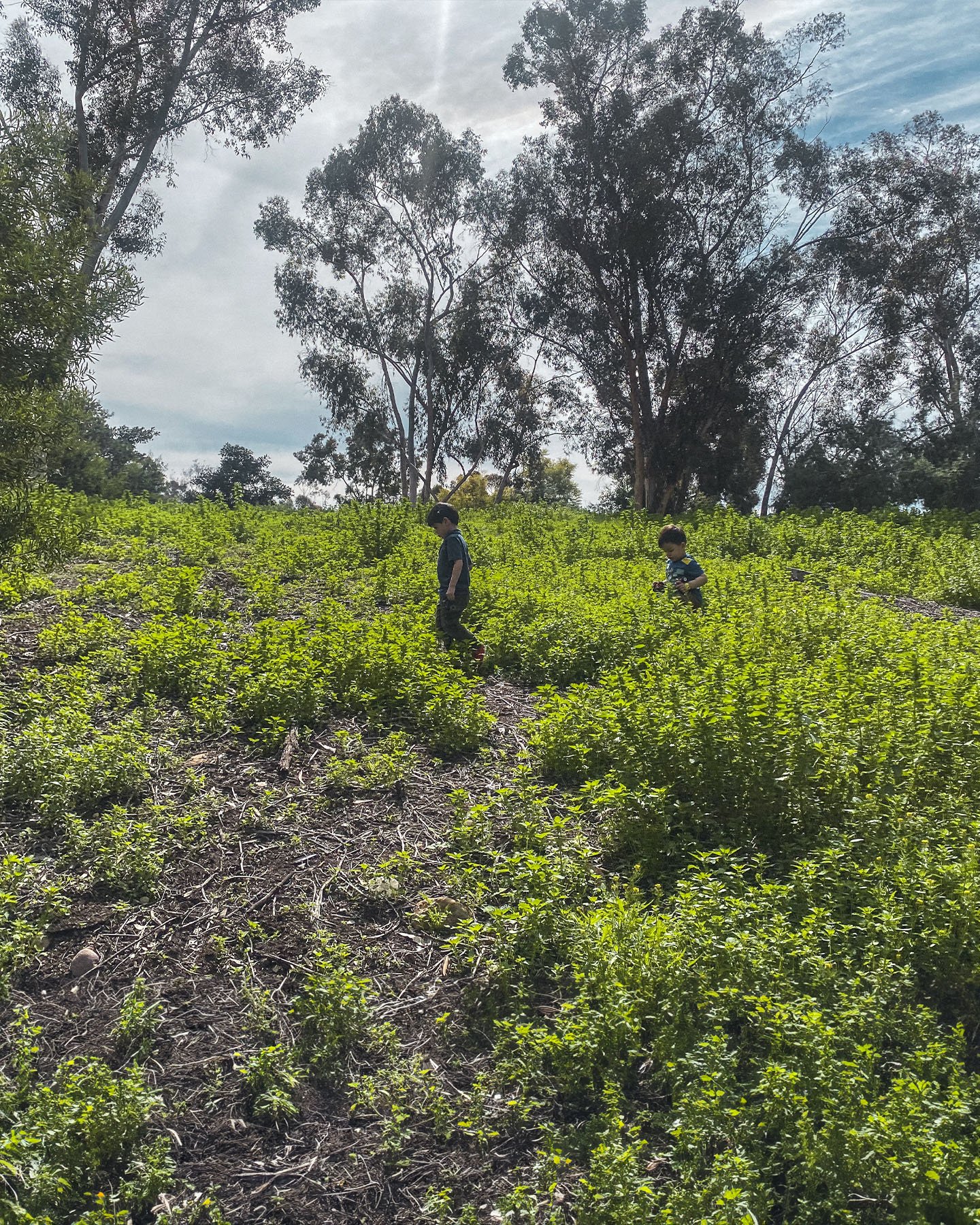
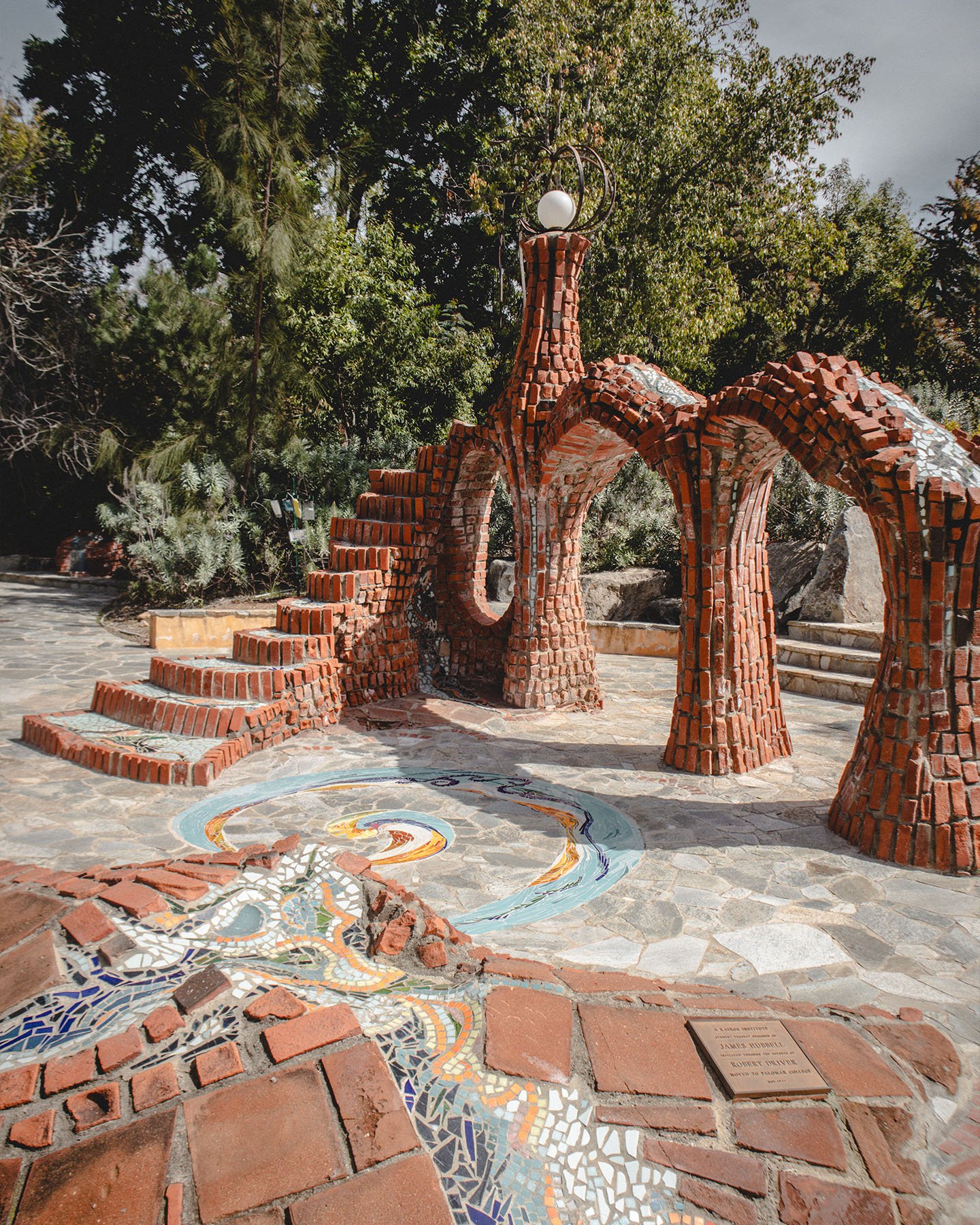
I’m getting so much life from my time outside lately.
My mental image of a good time outside is often on mountain trails or in national parks. I still love those adventures, but there are so many other ways to get out, most of them more accessible on an ordinary day.
These days I’m being nourished by the pond across the street from my house, taking deeper breaths while walking the dog, or even pulling up a seat to do my work from the balcony instead of on the other side of the glass door.
The body simply feels way better after a day where you’ve spent more hours outside than in.
Vulnerability vs Trauma Dumping
When does an artist’s vulnerability cross the line into trauma dumping?
I’m really convinced that great art comes from this spot where people are being as vulnerable as they can possibly be without crossing this line of going so far it ends up doing harm.
The difference between a truly vulnerable performance versus an unhealthy episode of oversharing can sometimes be paper thin. There are a ton of variables that affect where that line gets drawn, from time and distance, to genre, to culture, and it’s often a blurry line.
That said, it’s still a line I believe in. So many great pieces of art that I’ve loved, and some of my favorite things that I’ve made seem to have come from that position. It’s like a fertility vortex for creativity.
This is the topic I take on in the latest release of Creative Changemaker. Out now!
A vulnerable performer is a great performer, an improv teacher once told me, and once I started seeing all art and performance that way, I started seeing it everywhere. Not just improv.
Great musicians put their heart into their music. Those authors who write books that are beautifully devastating and soul crushing? Totally vulnerable. On the other end of the spectrum, awesome stand-up comedians sometimes dig into their vulnerability to the point where you’re like… do you mean to be telling us this?
By the time we reach maturity, we get really accustomed to having our guard up, so most artists need to relearn vulnerability. Learning that spot is a messy process, though! And occasionally you see people run into the zone of oversharing, and it’s not pretty.
With how thin the line is between vulnerability and potentially harmful oversharing can be, it’s easy to step across it while learning to access your vulnerability. And you can learn a lot from those instances. It’s a hard enough line to recognize anyways. It’s blurry. It can move up and down depending on your audience, the setting, expectations, and relationships.
But when you get into the realm of trauma dumping, you run the risk of it becoming self-serving. An act that seeks catharsis rather than connection with people. An act that people watch out of voyeurism rather than value. And something that could threaten to sabotage your own healing journey.
Here are a few things I’ve learned about how to make vulnerable art without trauma dumping:
Make it for somebody else!
Diving into the trenches of your soul to bare it all is vulnerable, but if it isn’t done carefully, it can also become a really ego-centric exercise. The deeply personal nature of this practice can be balanced out by reminding yourself that this isn’t just for you.
I believe art isn’t ever really just for you or not for you at all. It’s usually both for you and for an audience you have in mind.
But when the work turns especially personal is when it’s a good time to think of how much sharing your experiences and perspectives could help out somebody in an analogous position right now.
To make vulnerable art, make it for a younger you
What can be more vulnerable than ourselves? Our younger selves with a little less experience and wisdom!
Making art for a younger version of yourself is similar to the practice of reminding yourself that your work isn’t just for you. While making something for your past self might technically still be making it for you, it’s more likely that somebody out there is in a similar spot to where you once were, and having gone through that you might know best what reminders would’ve been helpful back then.
Create from your scars, not your wounds.
Surely you’ve heard this expression before, yeah? It’s one I always find so useful.
While both are marks of pain, there’s a difference between something that’s completed a process of healing and one that’s still raw. When you create from that unsettled place, you often lack the perspective needed to create something that goes beyond catharsis.
Even worse, trying to create using inspiration from an ongoing issue in your life could create unnecessary pressures around that thing, derailing your ability to properly heal.
What is the risk for fallout?
One thing about sharing our stories is that they rarely involve just ourselves. They interweave our relationships, you know? Those complicated things.
I don’t need to strain too hard to explain how a story painting someone in a less than favorable way could damage a relationship.
Of course if another person harmed you in a way that you just need to name, that’s one thing. But it’s another when your audience feels like they’re trapped listening to one side of an unresolved argument.
And careful around sharing stories that might not be yours to share.
You can always call up a person and see if the creative process might be inviting some relational healing, if you want to go the route of seeking their blessing.
Or, you know, you could just come up with an alias for them.
The funny thing about these “rules” is that I’m not exactly a hardliner for any of them.
Some great art has been made with the artist keeping themselves as the center of focus. I can think of albums I’ve loved that were made so close to personal tragedies that they probably weren’t made from scars, but wide open wounds. And that thing about trying to fix relationships or seek people’s approval before using them in your story really doesn’t apply when they’ve made the decision to be abusive or cross other lines.
But I think those are the exceptions and not the norm.
I’ll say it again… the line between vulnerability and trauma dumping is blurry. The same creative product that strikes somebody as raw, honest, vulnerable, and relatable may seem like a whole lot of bellyaching to another person. There’s a reason why country music is so popular while a large part of the population thinks all of it is about being left by your wife in a pickup truck.
But, as you practice, and even as you step a bit too far beyond that line sometimes, you’ll gain command over this vulnerable space of artistic expression… and that is a great spot to be.
Ethiopian Christianity
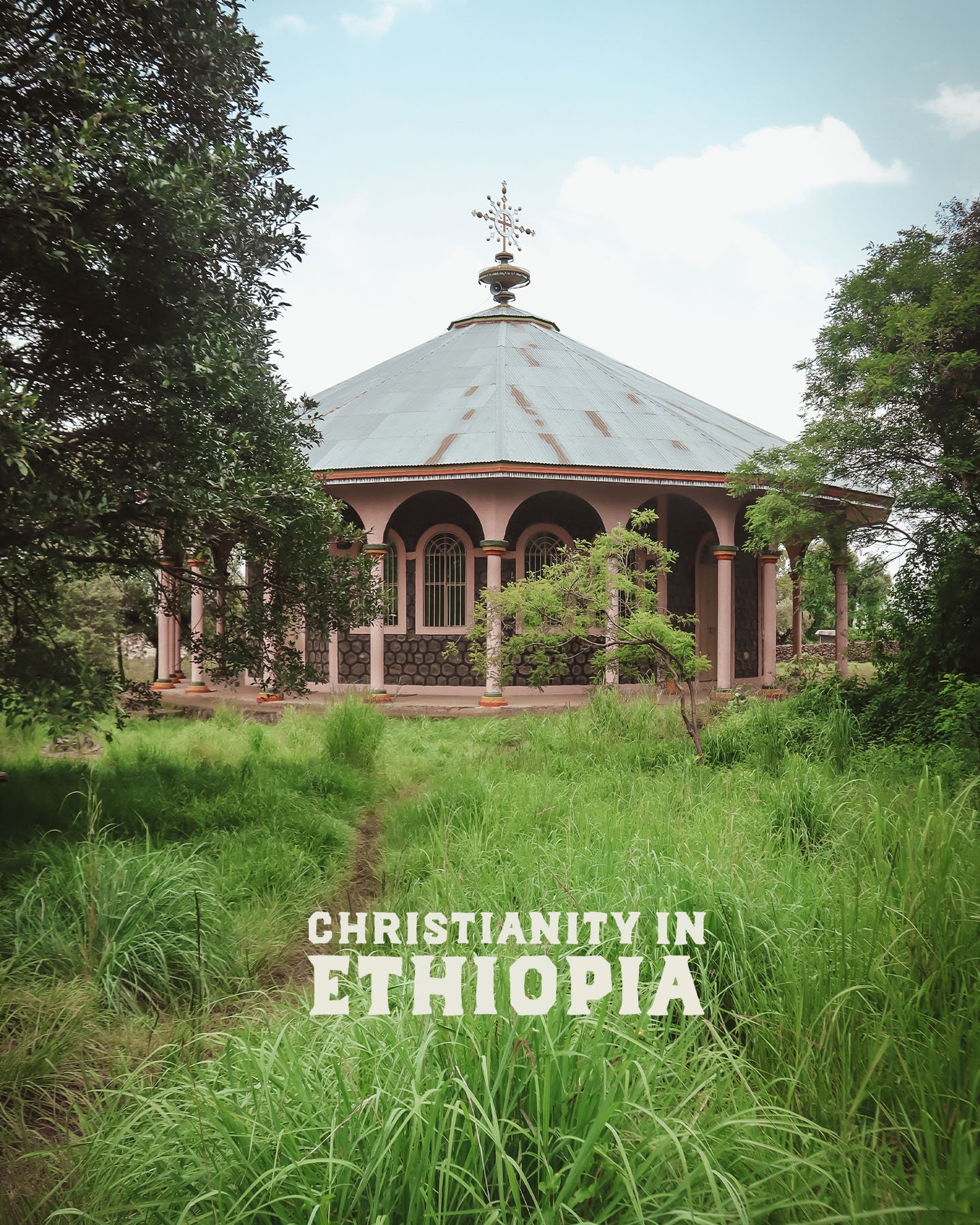

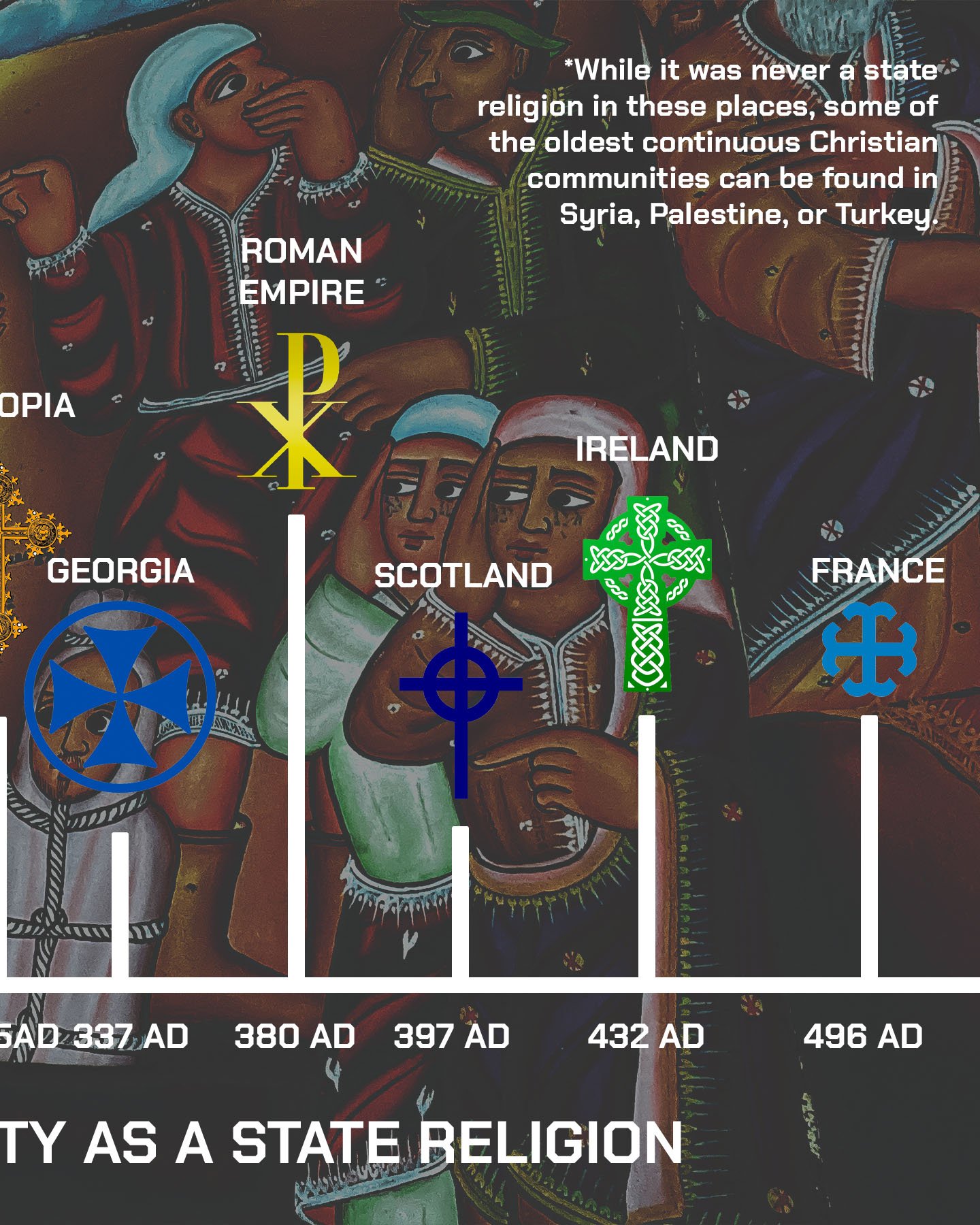
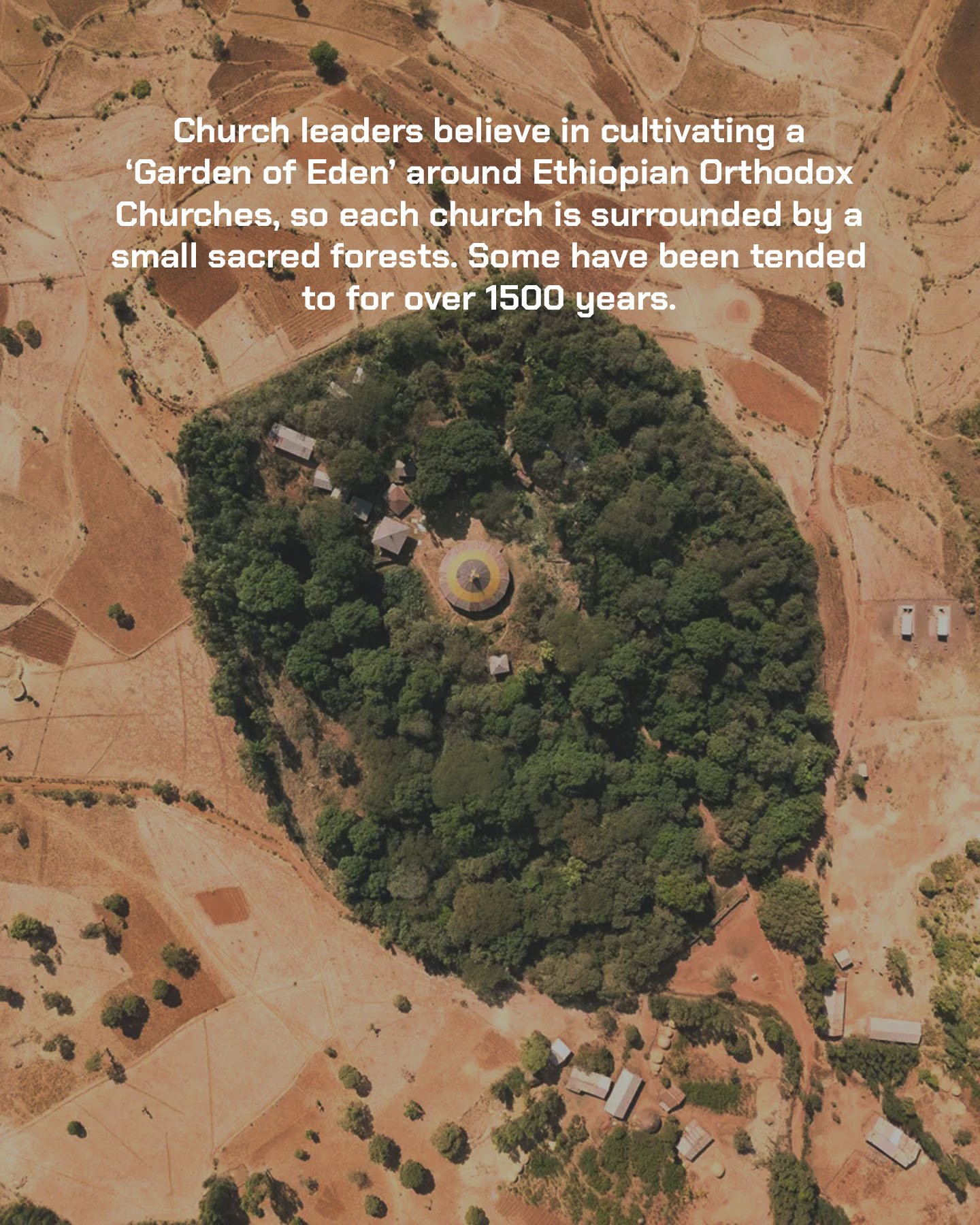

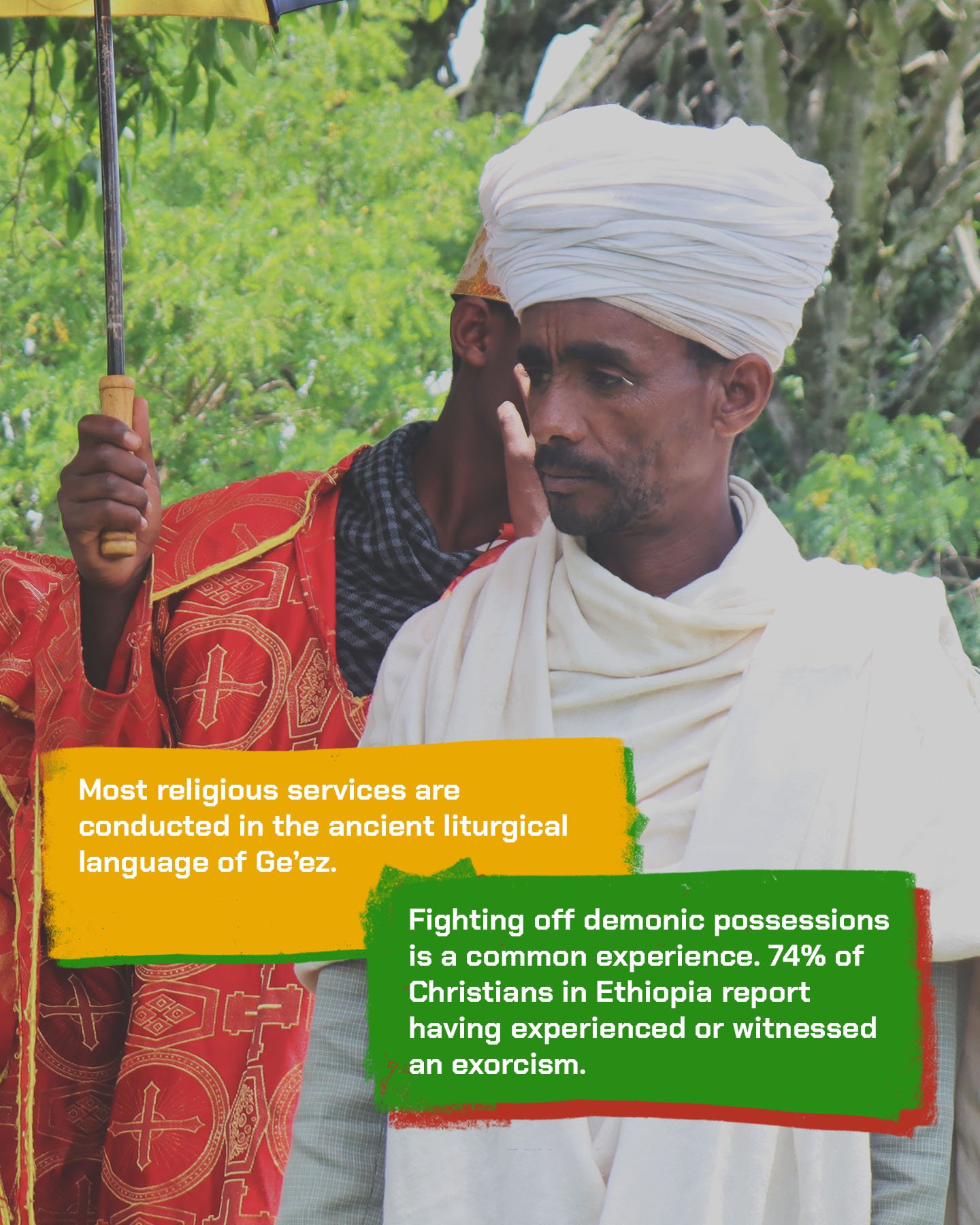
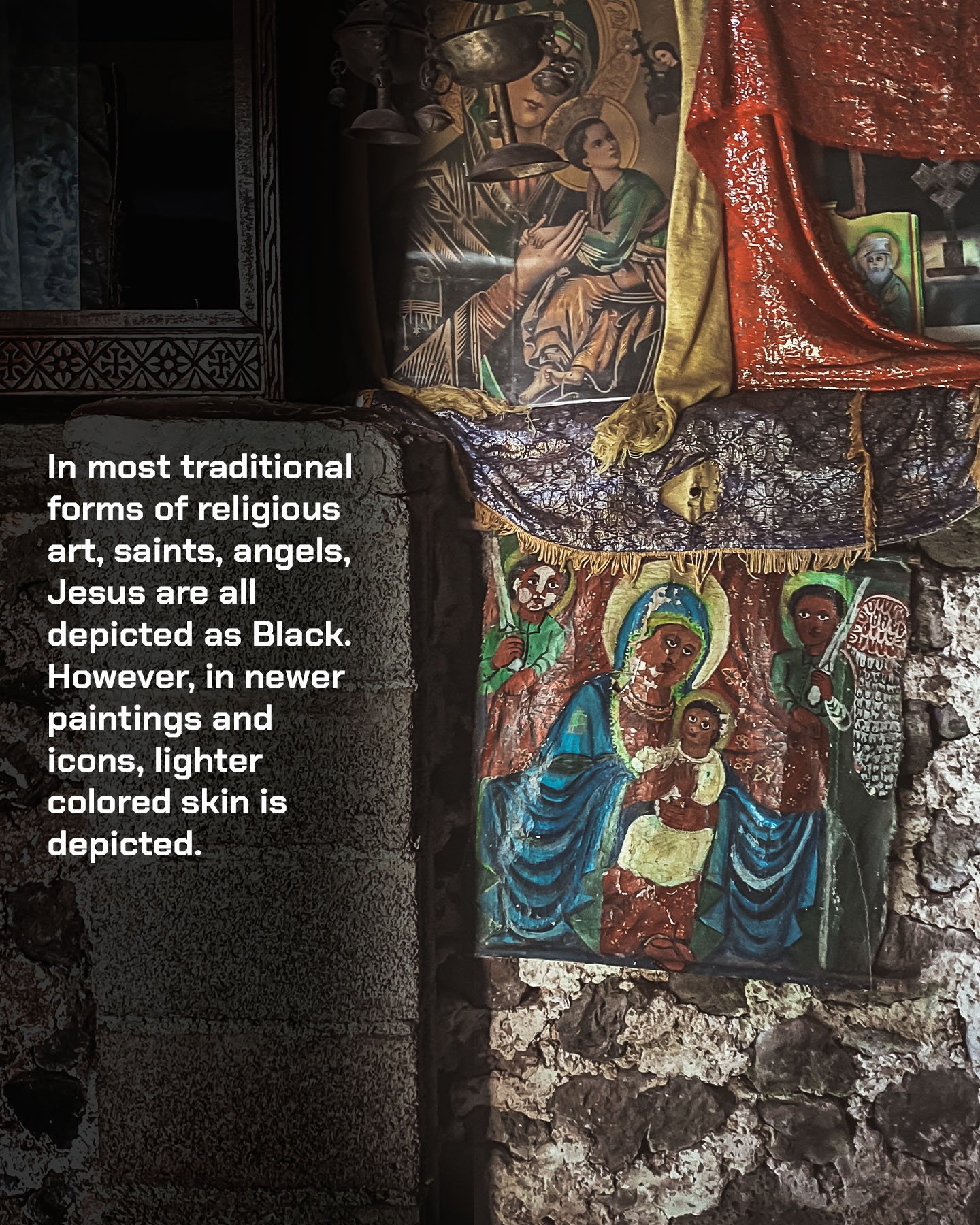
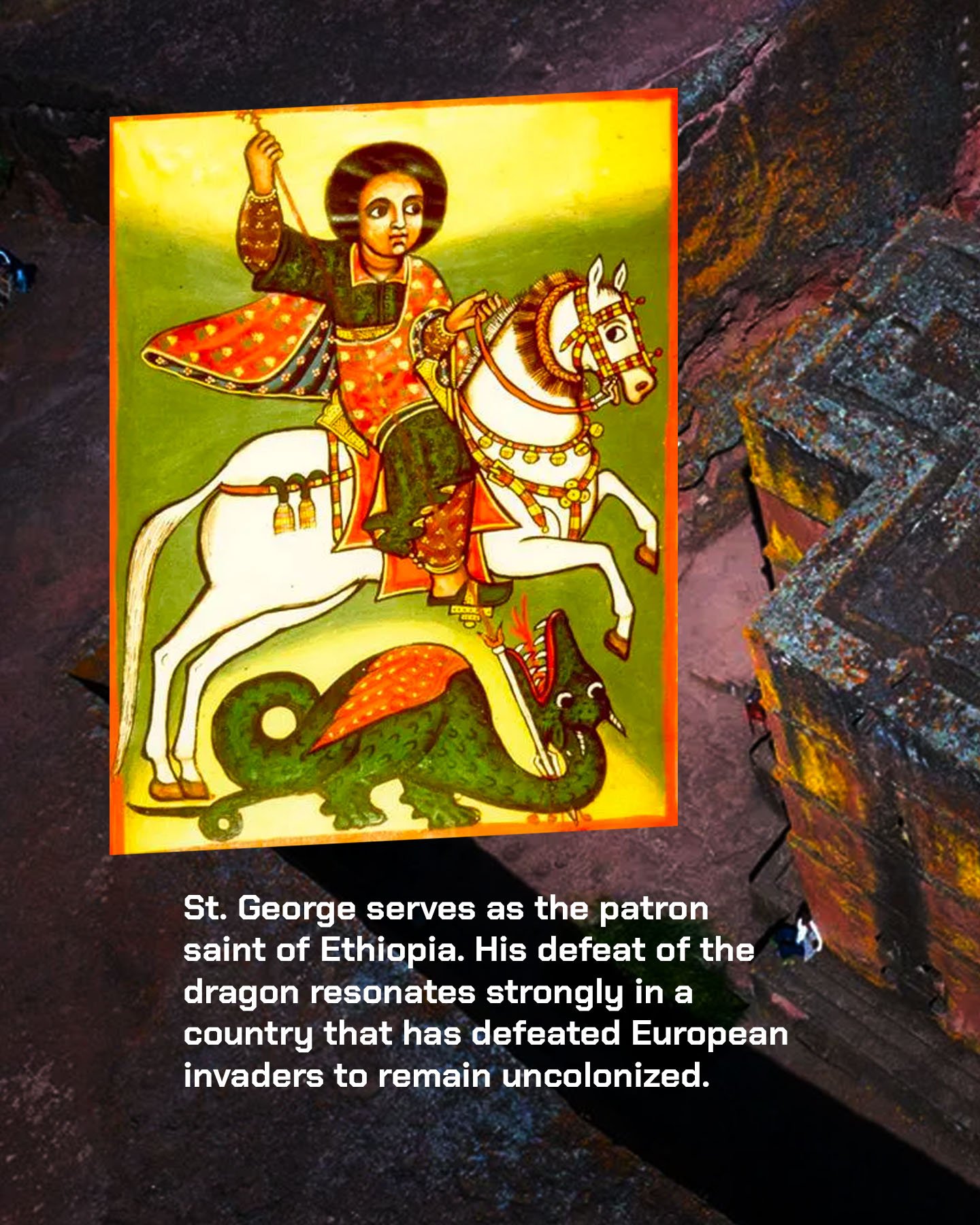
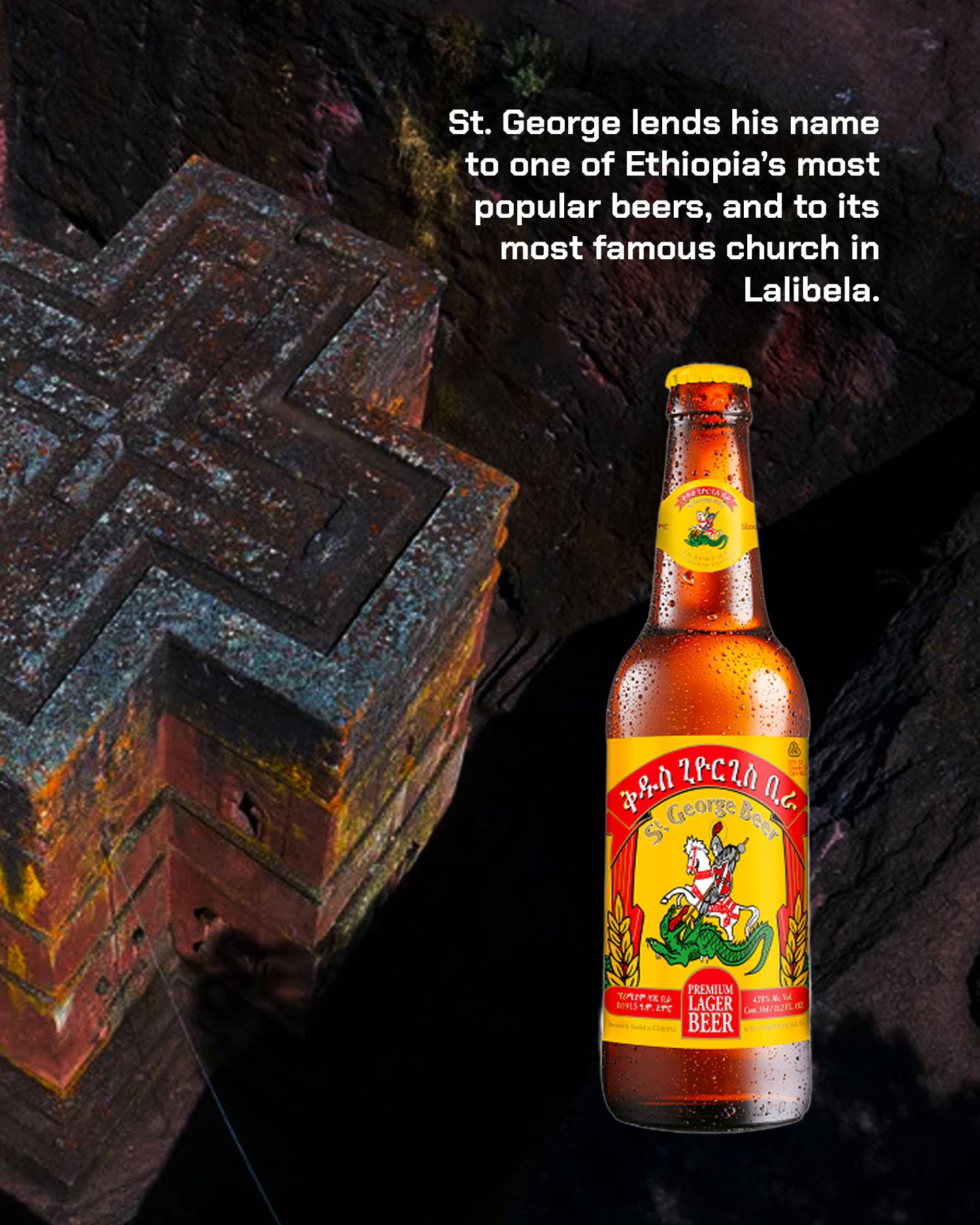
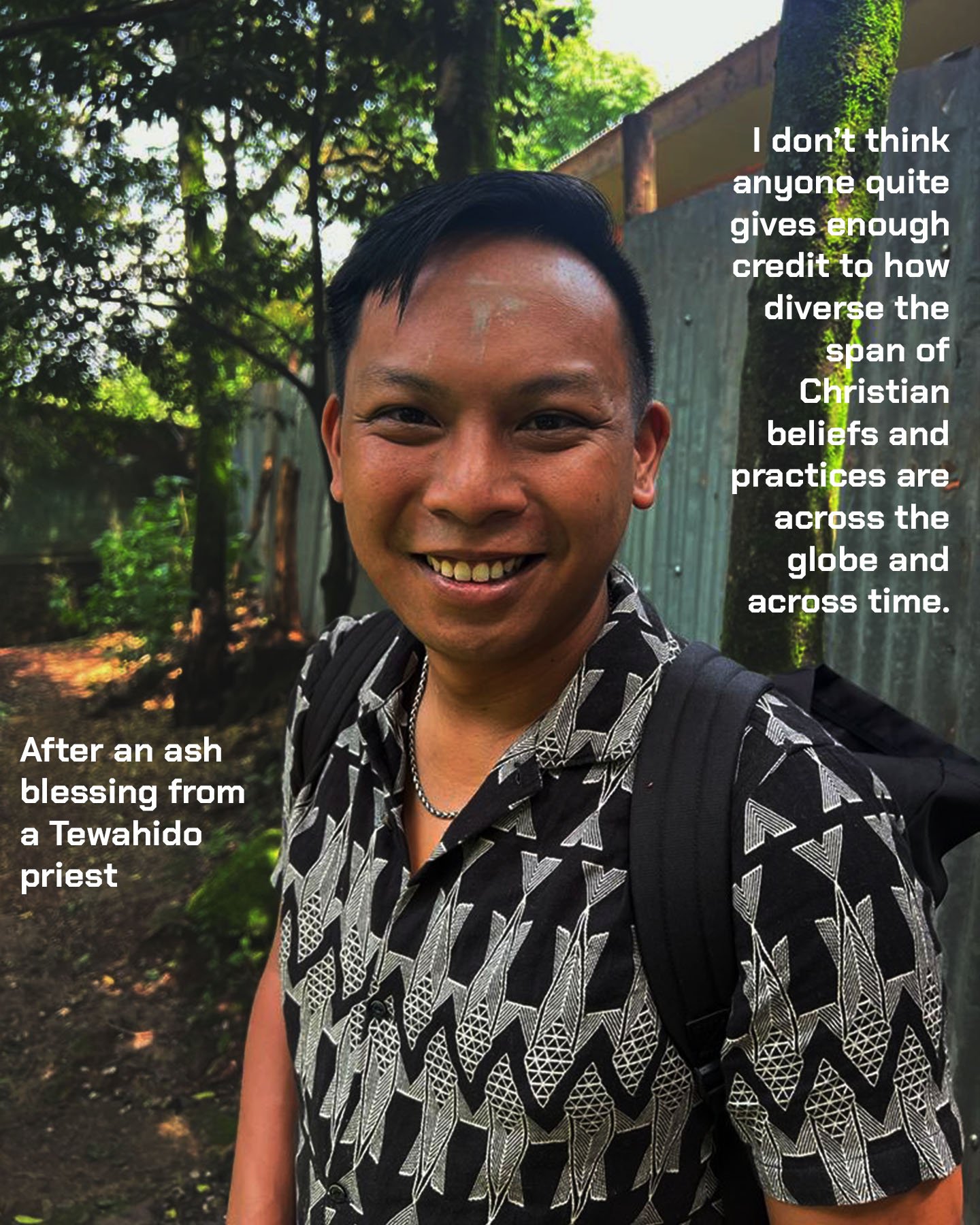
Christianity has been practiced in Ethiopia long before the United States was a blip on anyone’s radar, and a good while before Roman Catholicism really took off.
I loved learning a lot about the Ethiopian Orthodox believers, Black Jesus, church forests, and all the fasting that goes on.
Among both believers and non-believers, I don’t think anyone quite gives enough credit to how vast the span of Christian denominations and practices are across the globe and across time. It’s way too easy to take only the expression we’re most familiar with and extrapolate that across the whole globe.
Personally, I love the awareness of being a part of something bigger, richer, and older than myself, my country, or the span of years I get to spend on the earth.
Caring For Our Souls
The Church Forests of Ethiopia are truly one of the most remarkable religious and cultural traditions I’ve gotten the chance to see up close. It’s an ancient tradition that has significant impacts on some of our most pressing contemporary challenges… namely climate and biodiversity loss. Hearing directly from the priests and monks about how their spirituality shapes their emphasis on conservation was soul nourishment.
Ethiopian Church Forests
Ethiopia’s church forests are a real wonder
Last year I got to visit some Tewahido Orthodox Churches in Amhara, Ethiopia and that was extremely meaningful visit.
The Ethiopian Orthodox Church has somewhere between 36-50 million adherents, which makes it one of the largest Christian denominations. In spite of this, it seems to receive relatively small amounts of attention compared to other branches that have more prevalent congregations in the U.S. and Europe. There are many Christians who are simply unaware of the Ethiopian Orthodox Church.
On my visit, I got to explore the church forests, as the church has a longstanding tradition of cultivating a forest around the perimeter of each church. As much of Ethiopia has been turned into desert, these church forests have turned into protected spaces of biodiversity and indigenous species.
The Ethiopian Orthodox Church places a heavy emphasis on the God-given role humanity has to take care of creation. And the churches are meant to serve as little Gardens of Eden, offering a glimpse of heaven’s flourishing nature. So, across the brown sands of the Ethiopian deserts, you’ll find patches of deep green surrounding the churches.
I’ve wanted to see one in person and I got my chance when visiting Ethiopia. The surface knowledge I had on these churches from National Geographic articles and photos only scratched the surface of what I learned from being invited into the temples and getting to interview a few priests and deacons. I even received a blessing from one of the holy fathers at the end. This is perhaps my favorite video that I’ve made.
I was received very warmly by the priests and deacons of these churches, who offered me blessings with ash and holy water. They also invited me to ask any questions about the faith.
As a Christian, I was appreciative of the way their faith integrates nature alongside devotion. Here are a few ways the visit had an impact on me…
The Ethiopian Orthodox Church is one of the oldest standing Christian denominations in the world.
It was second only to Armenia at adopting Christianity as a state religion… over 50 years ahead of the Roman Empire. Outside of Ethiopia and Armenia, I’m only aware of a handful of churches across Palestine, Turkey, Jordan and Iraq that have a more direct tie to the original apostles.
I think we lose a lot when we lose sight of how old and ancient our faith is. We become obsessive over concepts and practices that didn’t exist 100 years ago, let alone 1000. A deeper understanding of how our faith spread globally, especially prior to Rome, has helped deepen my sense of what’s held up over time.
One thing I’ve observed is that without this appreciation for the age of faith, it becomes a lot easier to make it an individualistic endeavor. To overinflate the importance of what we can observe within our lifetimes.
When you understand that your faith is something that’s been inherited and then gets passed on, it makes it easier to see that it isn’t a story about your own prosperity or building your own personal narrative, it helps free it from the individualism that often works its way into Western Christianity, where faith is more a matter of one’s personal beliefs and morals, but distant from community and society.
My visit to the Ethiopian Orthodox Church was also a reminder of how diverse and multicultural the Christian faith is.
Almost all depictions of churches in Western media are similar. The priest dresses in full clerical collar, the choir looks Methodist, there’s a Catholic confession, Baptist-ish theology, and the priest calls everyone ‘my child.’
Most of all, these are mostly based on an amalgamation of American churches. Whenever you see something that differs even slightly, like the Korean American Evangelical church in Beef, it’s refreshing.
So many Christians, especially American Christians, don’t have a strong awareness of the global scope of the faith. So many of us are unaware that a church like the Ethiopian Orthodox Church even exists.
It’s also easy to conflate Western values with Christian ones when we stop tracing our church history beyond Europe. We lose sight of where things like an emphasis on nuclear families, industriousness, and nonconformity become conflated with morality. That’s not to say these things can’t be arrived at through Scripture, but the emphasis they are given over broader community, rest, and cooperation are largely American.
Interacting with Ethiopian Orthodox Christians gave me a deeper appreciation for devotion.
Many Ethiopian Orthodox practitioners are extremely devout. Outside of a church, it isn’t uncommon to see people fully bowed forward kissing the gates.
Kissing the sculpted crosses held by the church fathers is another very visible display of devotion.
Within the church, there’s a strong sense of sacred space. The churches are structured like the tabernacles of the Old Testament, in concentric circles. The center space is the most sacred, with access typically being granted to the most senior priest.
In Western culture and faith, reverence is often downplayed. Sometimes, the opposite value, irreverence is more often hailed as a virtue.
Finally, the Ethiopian Orthodox Church helped me want to better integrate nature with spiritual disciplines.
In many Christian traditions, nature is often hailed as “God’s other book,” or another arena through which we can discover the divine.
Watching the deliberate approach the Ethiopian priests took to their church forests was inspiring. Most of the priests could give me an in depth history and explanation of the practical uses of each native tree. The ecological knowledge of each priest was also quite impressive.
The priests and practitioners took seriously their call to be good stewards of creation. “One day, we’ll have to explain to God how we took care of the world we were given,” a number of them told me. “We will be evaluated on how well we took care of the place in front of us.”
A number of them told me that the church should be like a mini Garden of Eden.
Getting to walk through the Ethiopian church grounds and spend time with the priests was a truly memorable life experience I am so thankful I had. I appreciate any reminder that one of the best things about faith is that it’s a posture that says “there’s more to the story.”
It’s important to remember that there’s more to the story of a faith than the way we usually see it expressed.
See Them From the Start
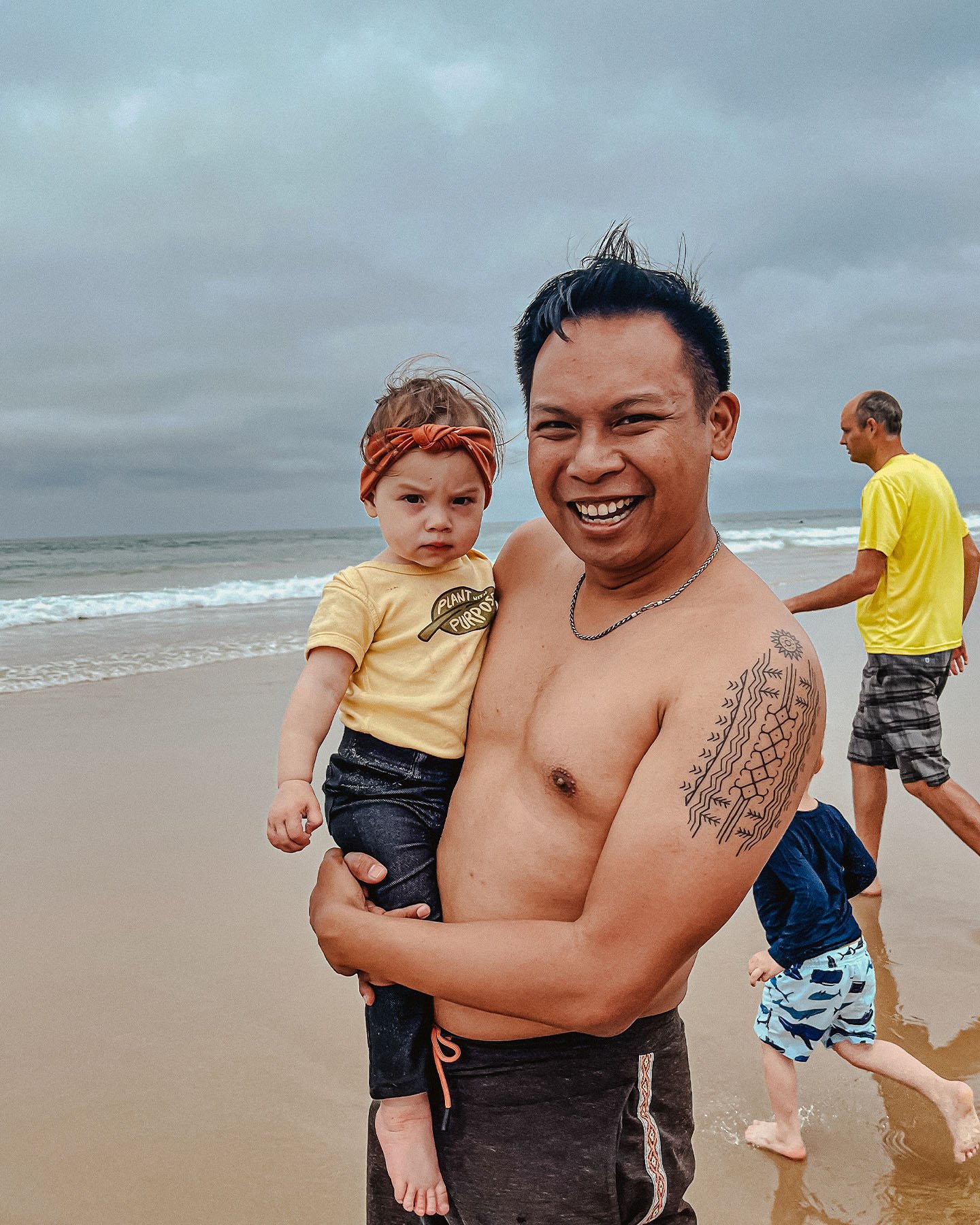
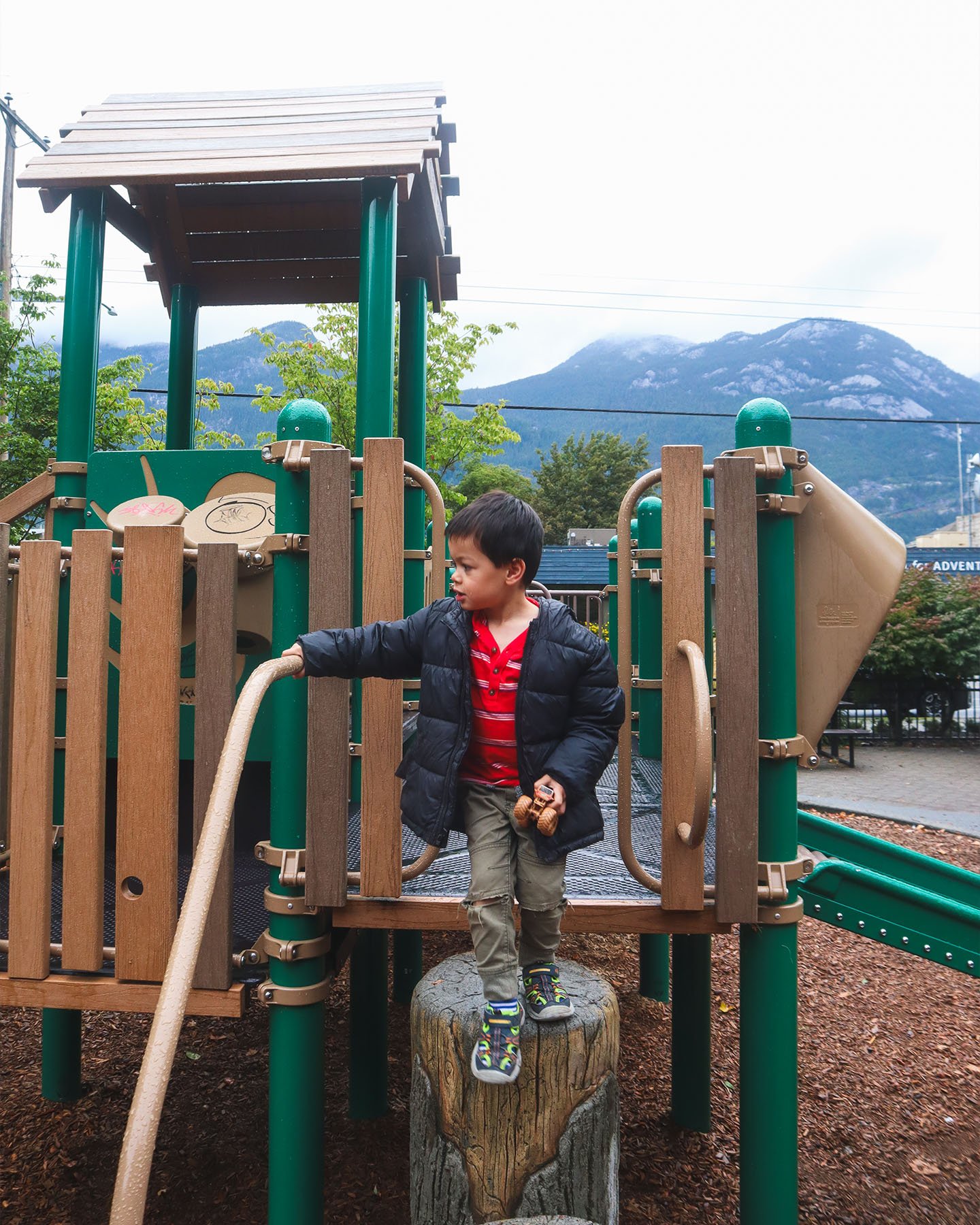
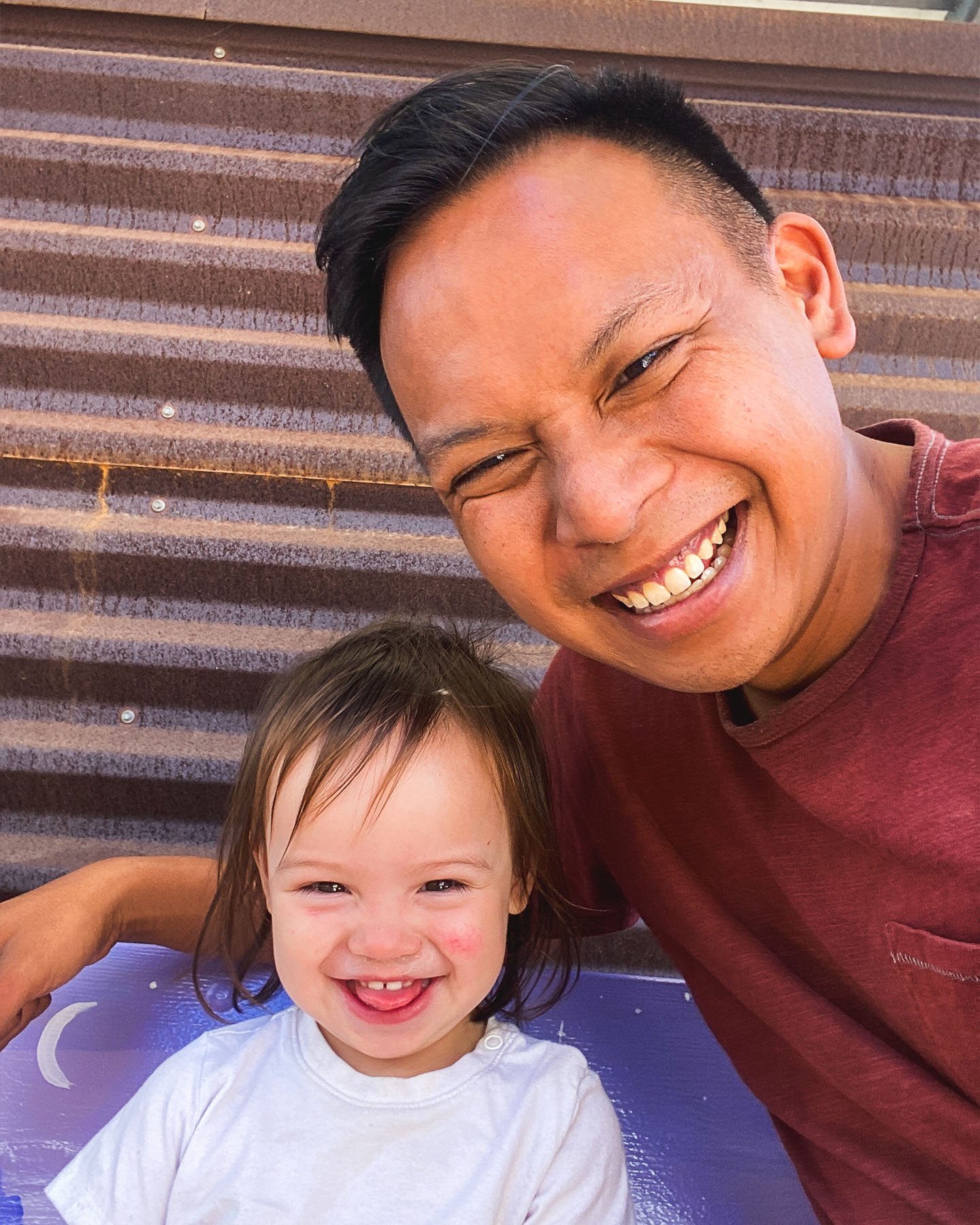

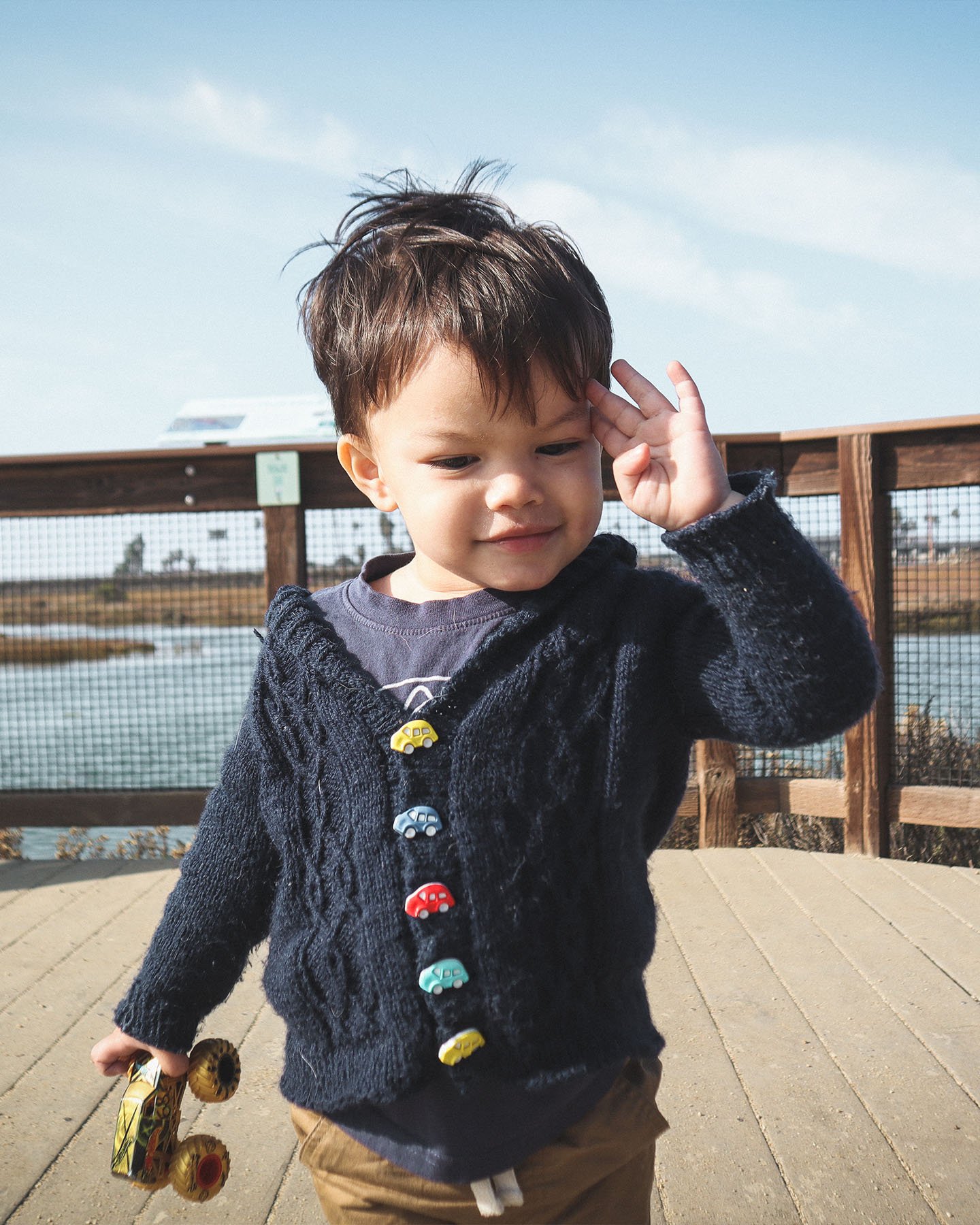
One day these toddler years are gonna feel a long ways in the rear view.
I have no doubt that over the years they’re gonna make so many lives better. Both through directly helping people and through all the other ways they make people’s worlds brighter.
Soon enough there will be too many people to count whose lives they’ve reached.
And I’ll get the treat of knowing I got to see it all from the start.
Mychal Threets
“We all deserve access to books, to literacy. We all should get to experience joy.”
–Mychal Threets
A Mychal appreciation post to kick off National Library Week!
Monday, specifically, celebrates the Right to Read Day, and Tuesday celebrates National Library Workers Day.
Kumartuli
“You should just spend the afternoon walking around Kumartuli.”
“Sure thing. What is that?”
Kumartuli is Kolkata’s pottery district. You step into a relatively quiet part of town where doors are close by each other and open up into long, narrow workshops. You can peer into each one, and when you do you’ll see statues, busts, and sculptures all in different stages of creation.
Some will simply have their structure made of dried reeds exposed. Others will have the clay packed on them, made of mud from the Hooghly River. The ones that have dried might be getting a coat of paint applied.
With a big religious festival along the way, most of the artisans here are working under a crunch to meet the demand for all the Hindu deities and local legends people need sculpted.
The sculptors were kind and welcoming, letting me hop into their workshops and browse the impressive array of statues, even though they had to remain focused on getting the next one made. In a full, busy city, this was a nice calm spot with a lot to be wowed by.
Ethiopian Orthodox Church
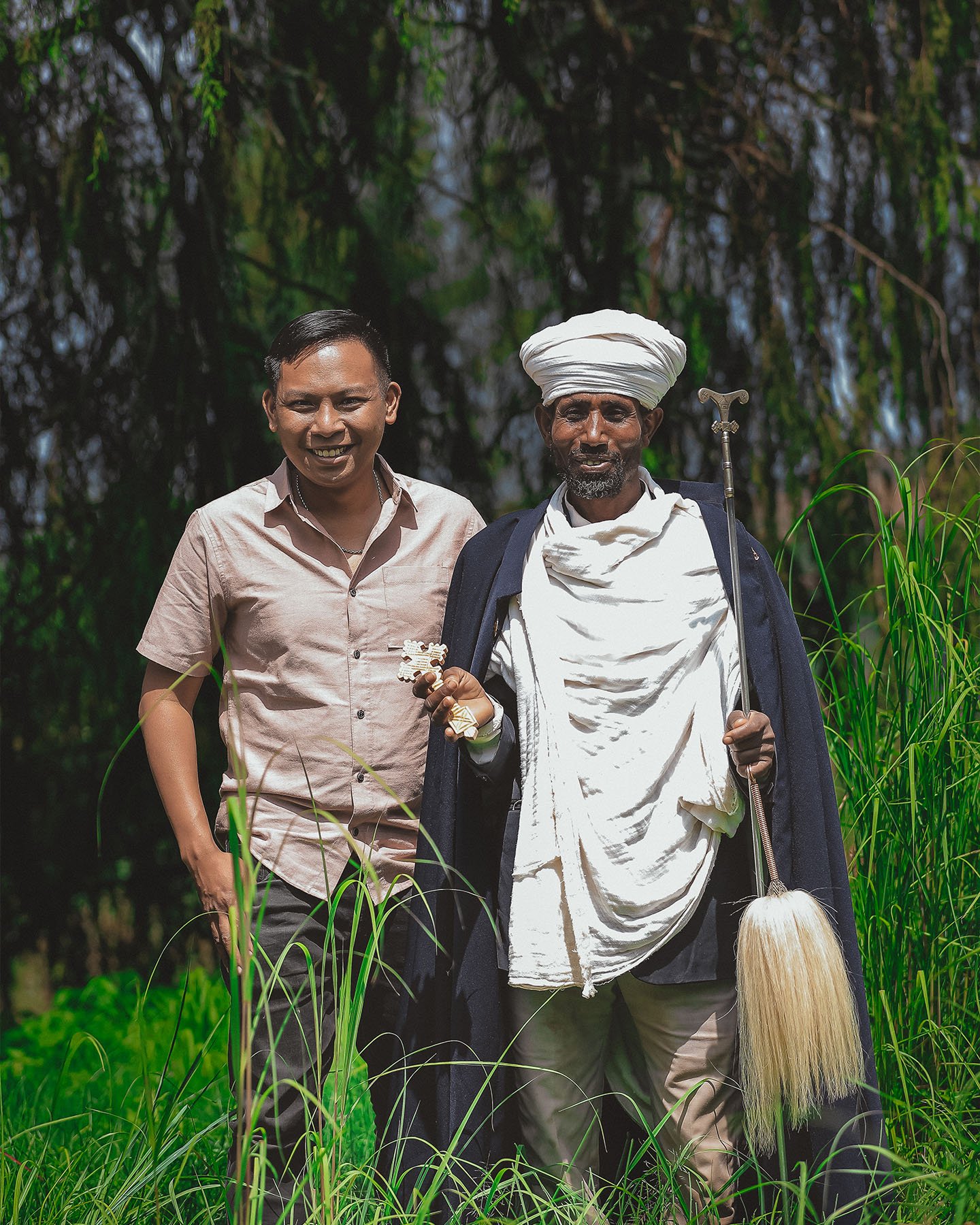

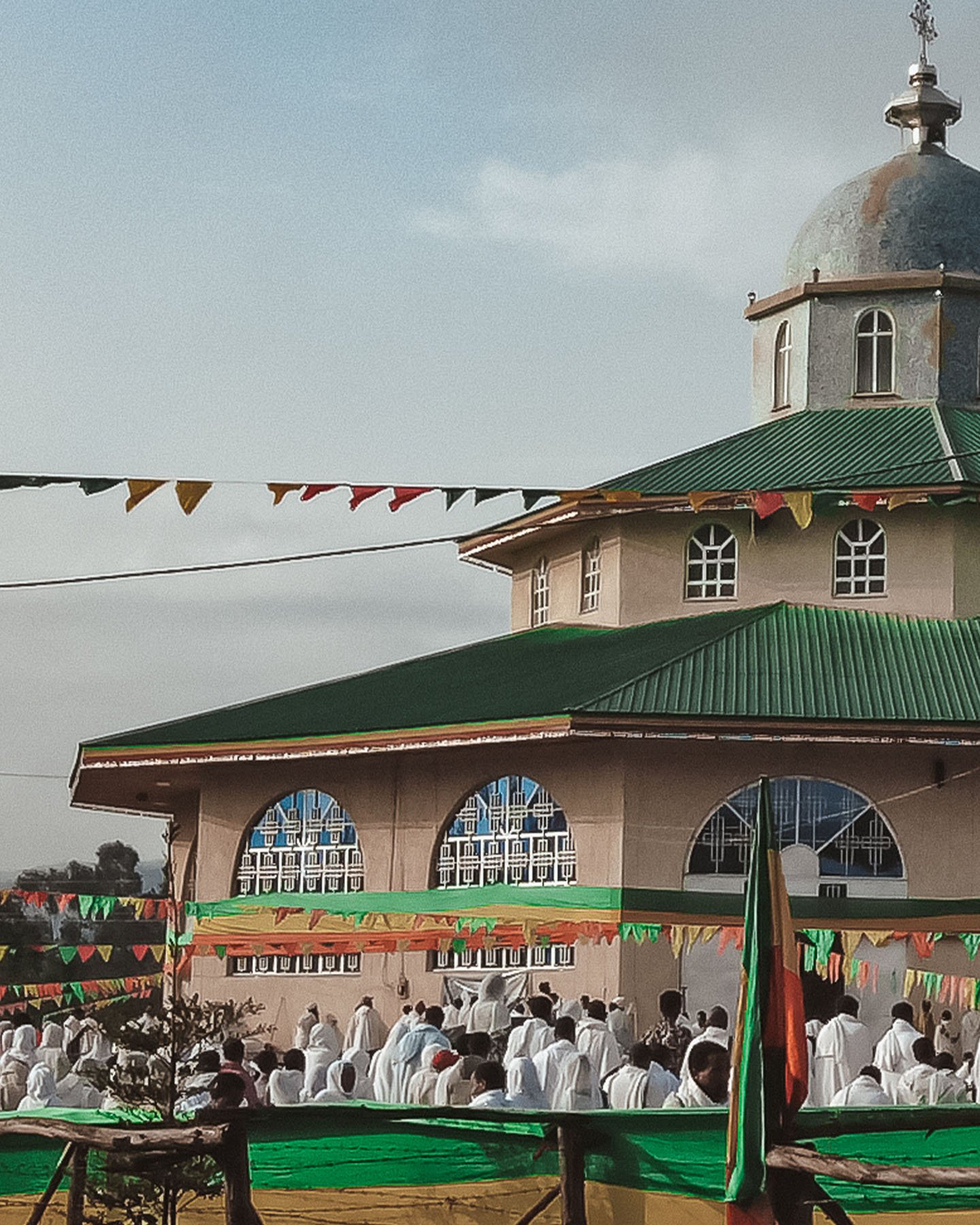
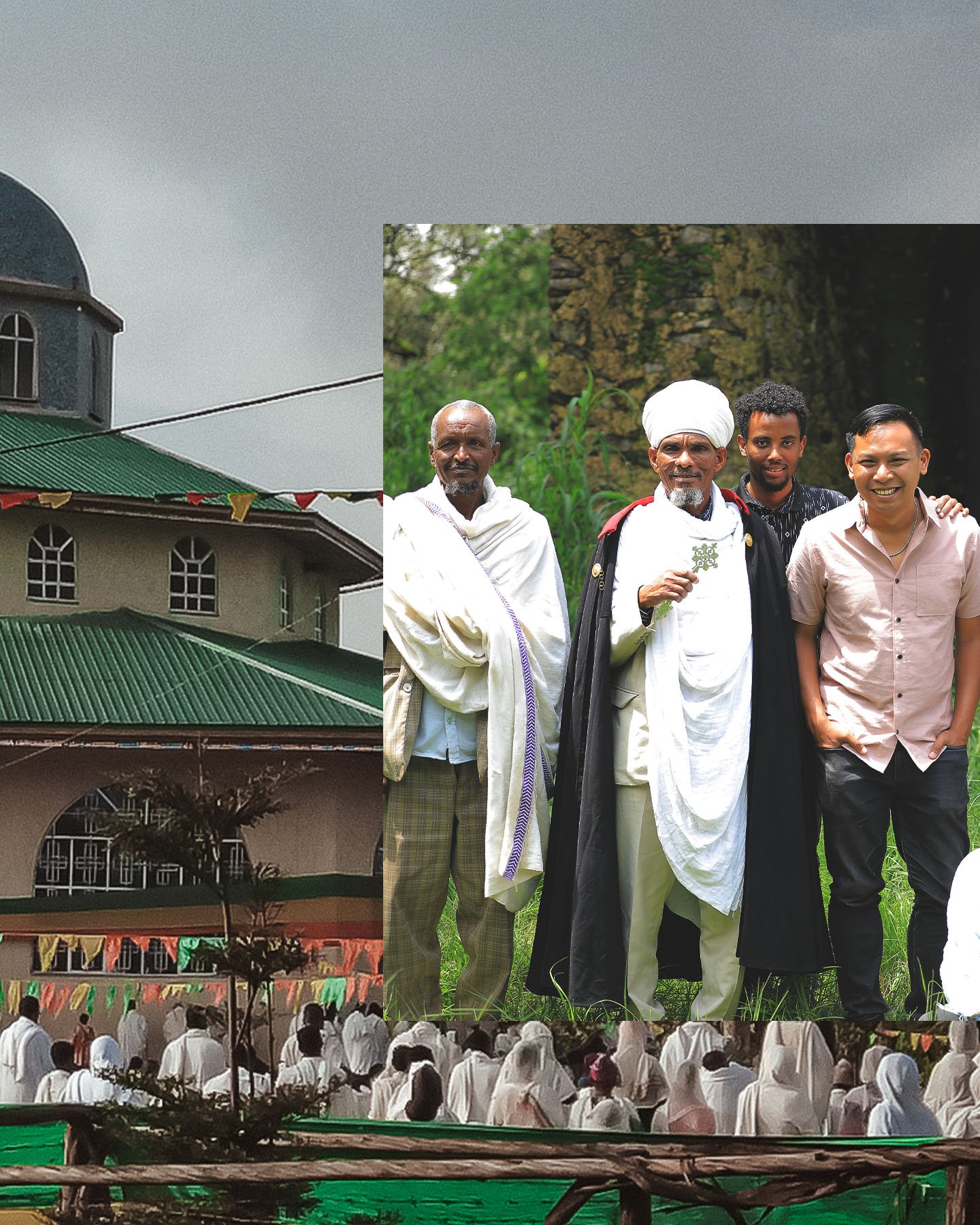
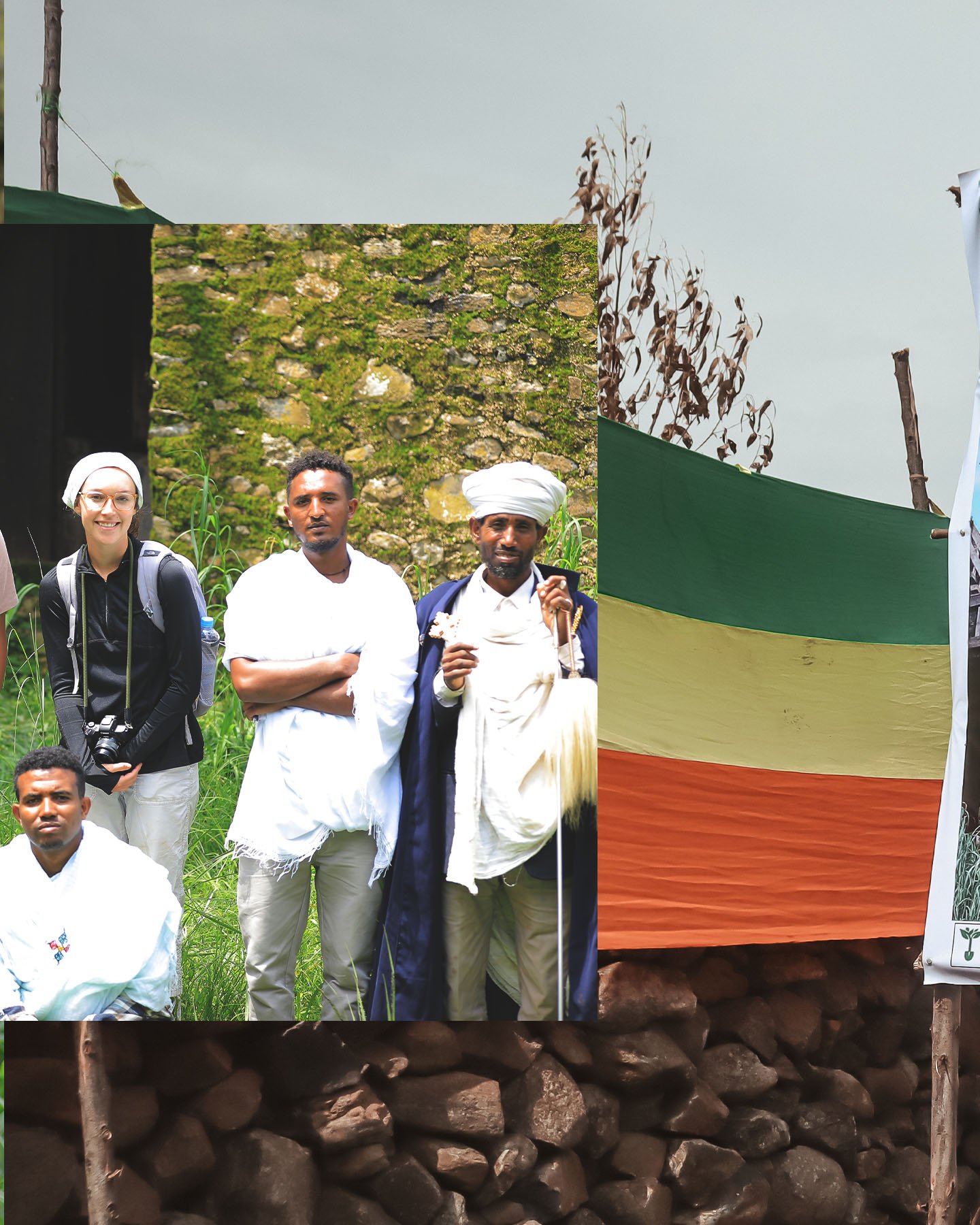
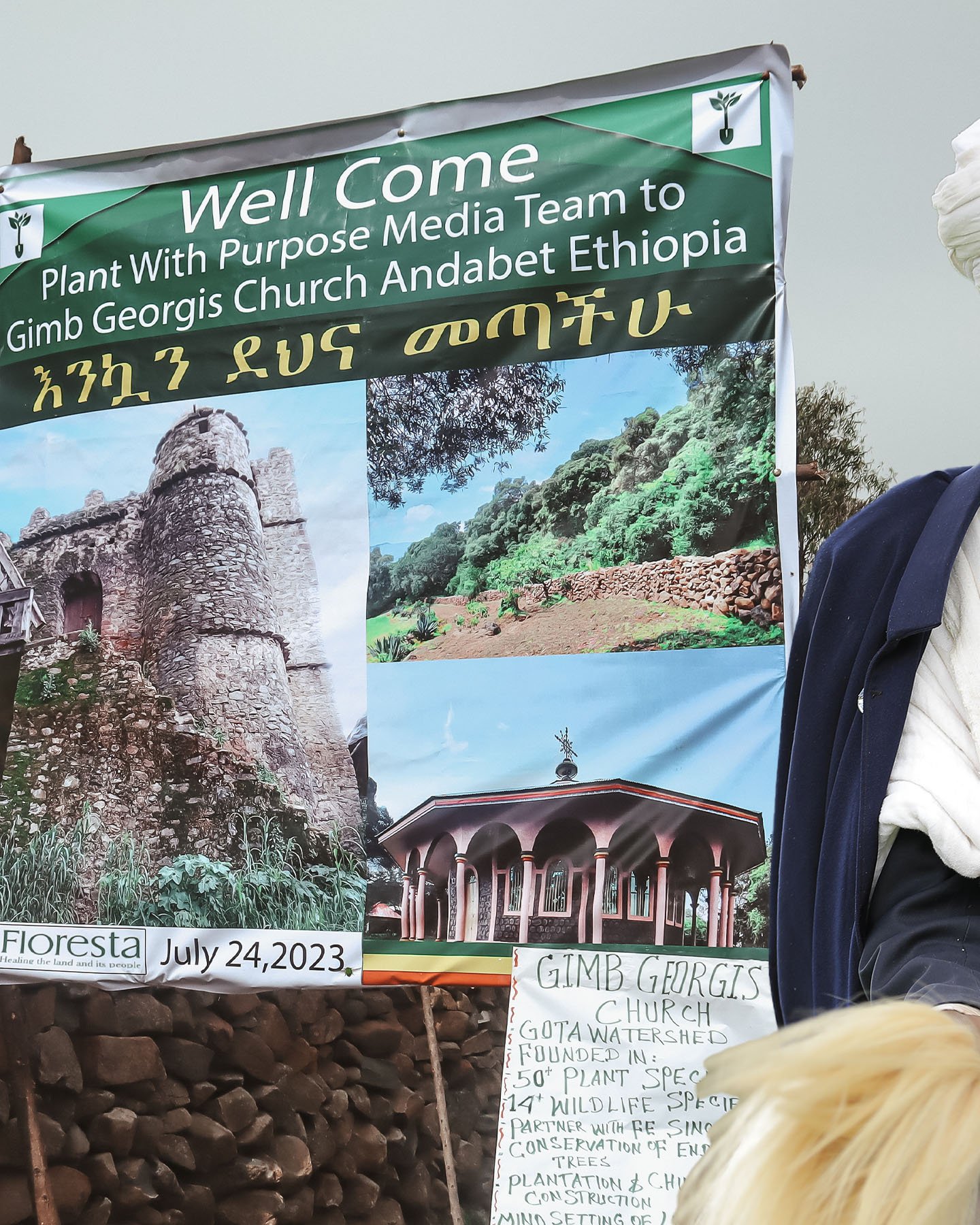
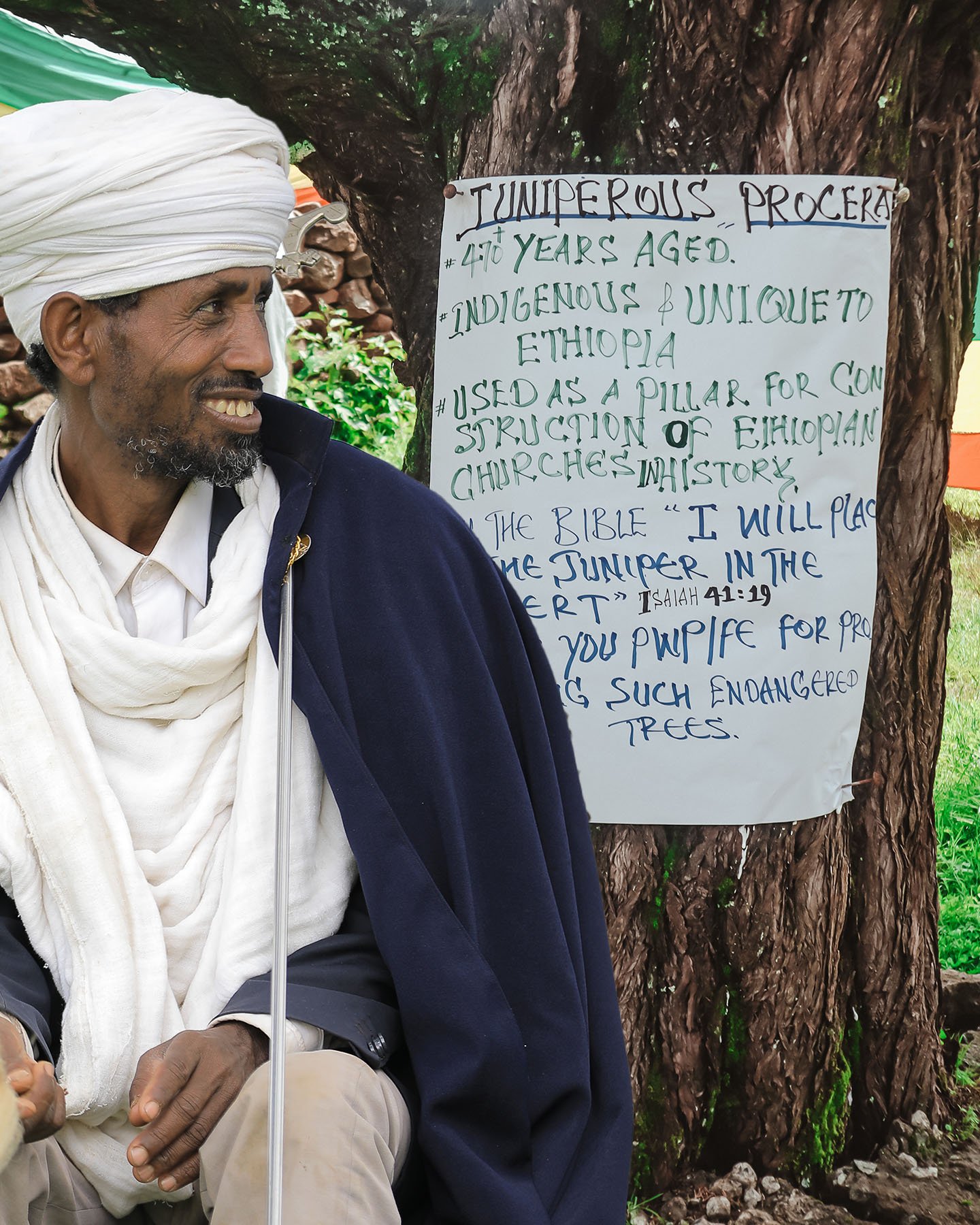
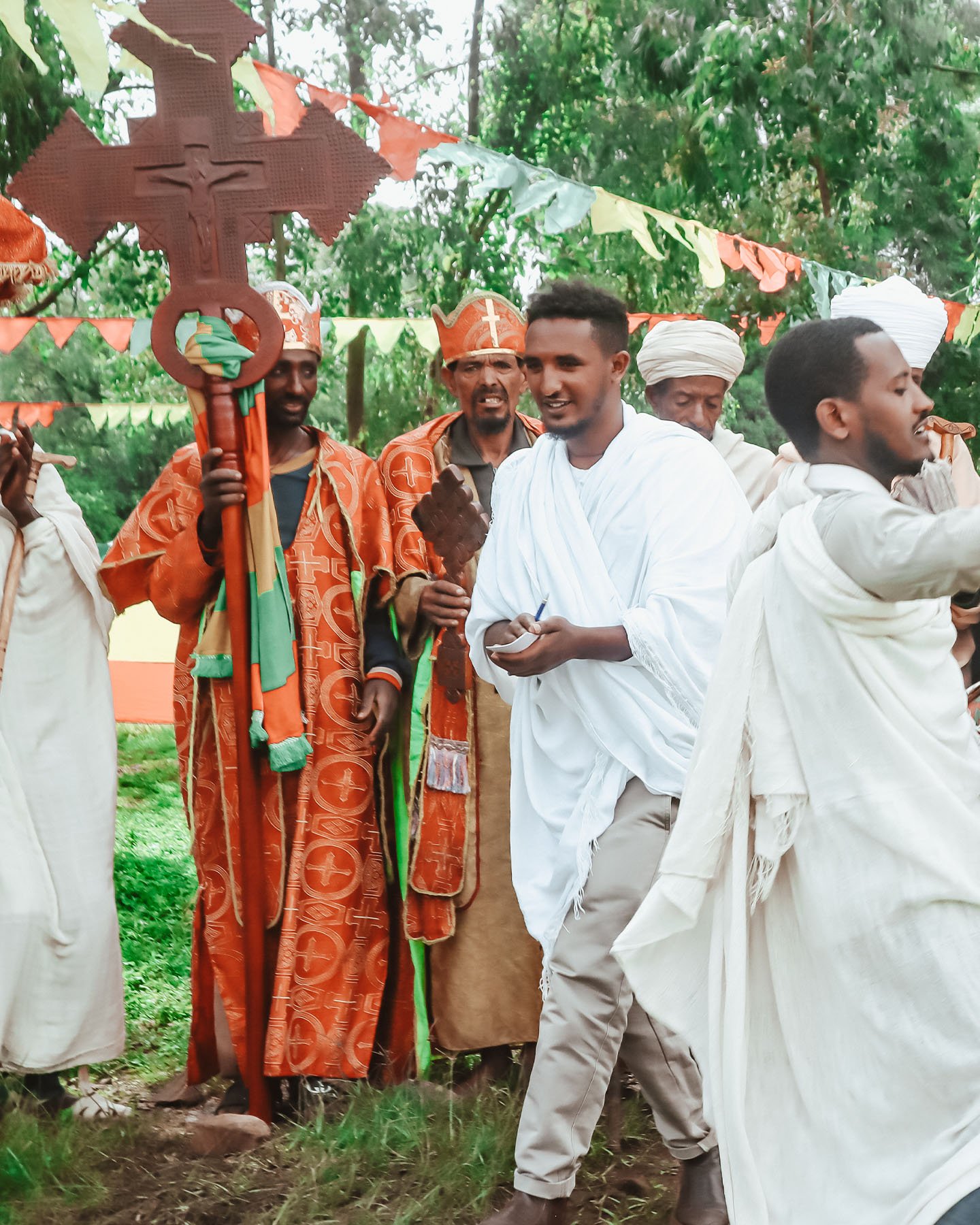
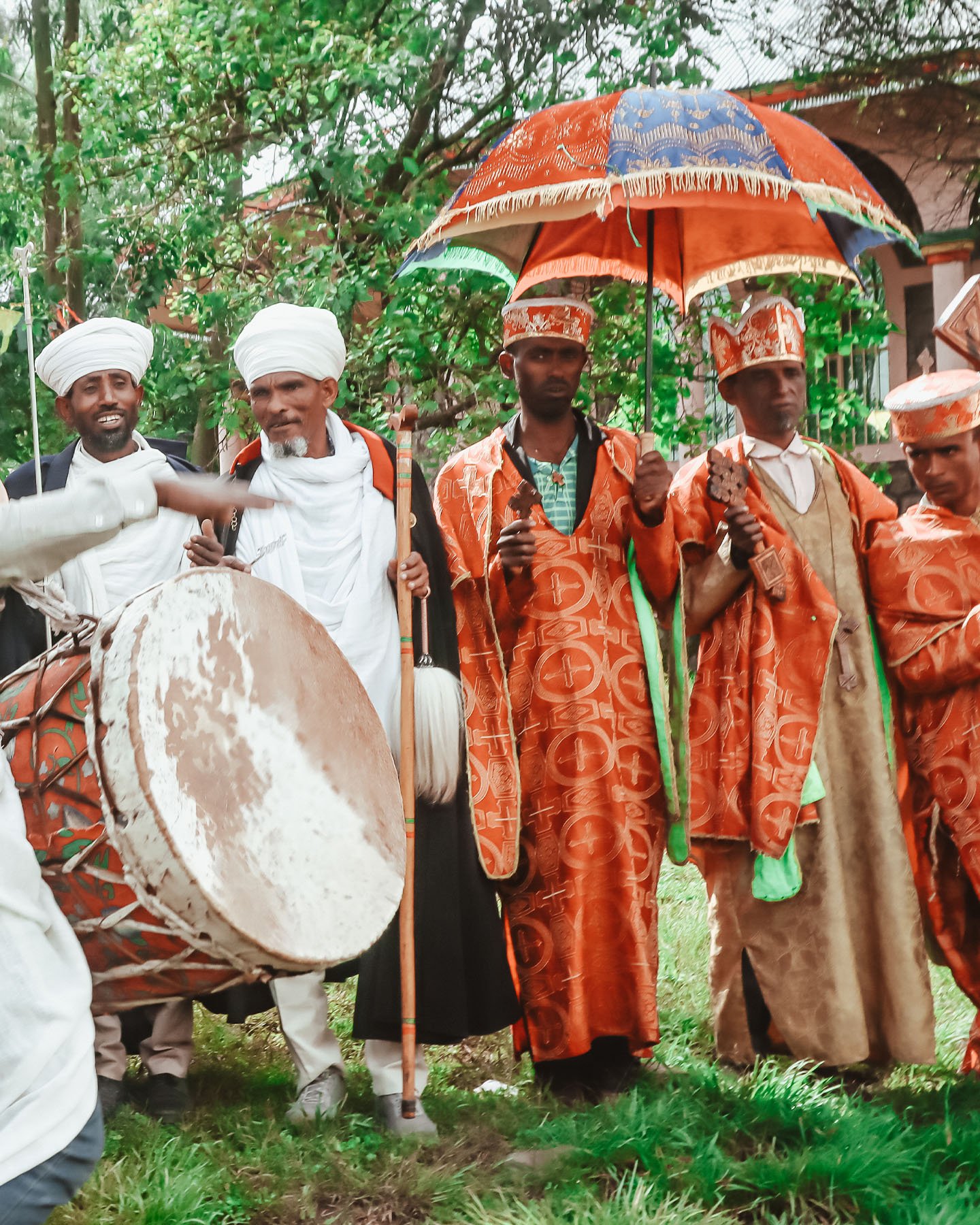
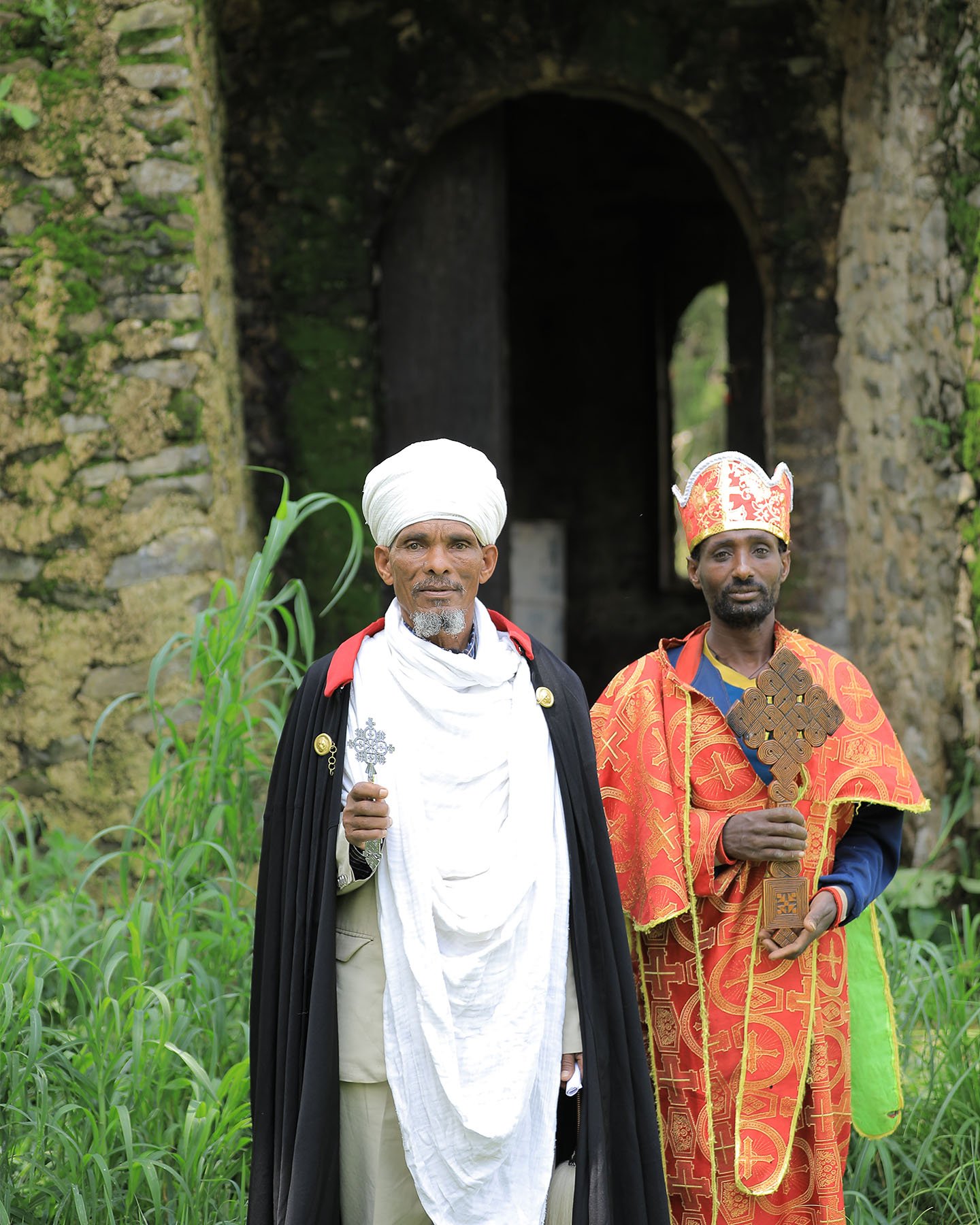
One thing I really enjoyed about meeting the monks and priests of the Ethiopian Orthodox Church was learning so much about one of the oldest expressions of Christianity that goes way, way back.
Within American Christianity, there are a lot more norms and perspectives that are more influenced by American individualism and industriousness than anything else. But going outside that bubble and remembering that the bigger faith is more global and diverse than that is important.
In Ethiopian Orthodox practice, things like devotion, fasting, and tending to nature are given a much higher priority than I’ve seen in any Christian denomination I grew up around. There’s a whole lot we could be learning from each other.
Soul and Land
Where faith meets sustainability
For the past seven years, I’ve worked with faith-based environmental movements. It’s an interesting spot to be! I’ve interacted with the entirety of the spectrum, from committed environmentalists who have reasons to be suspicious about the religious crowd, to people who are discovering an environmental commitment because their faith led them in that direction.
I’ve also gotten to interact with mixed-faith communities of forest dwellers in Thailand, the forest-keeping Orthodox priests in Ethiopia, and tree-planting pastors in Mexico and Haiti. All while a climate crisis goes on.
I’ve learned a lot from doing all this. My own commitment to a healthy climate is a practice of faith, as a Christian who’s also learned from so many other perspectives. To put it simply, my faith only increases the importance I put on climate action, the wonder I have for nature, and the stakes of our ecological connections. And my time in nature and working to protect it only humbles me and leaves more room for faith.
In the U.S., at least, there’s this tension between religion and environmentalism. It’s not terribly hard to unpack.
Particularly in the United States, being religious has a correlation with being politically conservative. Of course, that flattens a lot of nuance, but those are the stats. Conservative stances generally downplay or even villainize the value of environmental action. (Again, flattening a lot here.)
But one outcome of this dynamic is a political and religious landscape that makes Christian environmentalists feeling isolated. Too hippie for church and too religious for the scientific community.
I’ve seen a few people express how their faith motivates them to be better environmental stewards, only to be told by some environmentalists to leave faith out of it, and to be told by other believers that they’re on a slippery slope towards something new age-y.
But, from Vanessa Nakate to Katherine Hayhoe, some of the most important voices in climate science and advocacy today are speaking from an orientation of faith. I think telling somebody to ‘keep their religion out of it’ when those very beliefs are leading them towards environmental stewardship isn’t a good move.
We’re at a point where we need all hands on deck to take climate action, and 3/4ths of the world is religious to some extent. For so many people, faith would be the most effective driver of sustainable choices.
Thankfully, this tension is a lot more pronounced in the U.S. and the rest of the world has a little more nuance around this perspective. I’ve encountered so many communities in Latin America who sing hymns while restoring a forest, or churches in Africa that plant trees to commemorate holy events like a baptism.
Really, I wish the synergy between environmental stewardship and spiritual flourishing could be more widely experienced. Here are some of the best parallels I’ve encountered.
1) The physical world of creation has spiritual value.
In many circles of Christianity, there’s a sense of putting a greater value on unseen, spiritual things, at the cost of treating the physical world as unimportant. Sometimes the point gets emphasized over and over that the earth is temporary, and heaven is all that matters. Needless to say, it’s not a perspective that typically leads to a whole lot of environmental care.
The thing is, it’s just one perspective, and a rather young one at that. A more careful reading of scripture and earlier church interpretations place more emphasis on the restoration of earth as part of the ultimate story. From that perspective, not only does nature matter, but its healing is a central part of the story and people are meant to be involved.
The stronger emphasis on the spiritual world over the material one came out of a movement that struggled to accept Jesus’ non-duality as both human and divine. So, they played in favor of the divine, to the point of rejecting physical things as inferior and corrupted, and the non-material as holy. This movement did so to such an excess that it was ultimately deemed heresy. But that perspective still has an influence on many of our perceptions.
If you combine that with our natural uneasiness around death and interest in escapism, it’s easy to see why congregations en masse have more quickly adopted a ‘one day, we’ll leave it all behind’ approach.
But, nature has always had spiritual value. From a Christian perspective, the moral narrative goes from one garden to another. So much so that nature was often referred to as “God’s other book,” another way for God to self-reveal for humanity. From that vantage point, it makes knowledge and relationship with the sacred much more accessible to all people, regardless of location, background, or education.
2) It’s not about perfectionism.
Another helpful parallel between faith and environmentalism to me has been the understanding that it’s not a matter of perfect behaviors at an individual level. Though both are often presented that way at first glance.
So many people are introduced to faith and spirituality through a system of moral codes. Especially when you encounter it young and developing a more clear sense of right and wrong is helpful. Likewise, so many people are introduced to environmental action this way too.
There are certain behaviors that are good for the environment and some that are bad for the environment, and you ultimately want to be on Captain Planet’s team when the reckoning comes.
As you mature, you realize that it’s more sophisticated than that. Our environmental and moral choices are limited by the broader framework of what we’re born into. It’s hard to say our individual choices are morally correct when they take place in an economy and society built off of exploitation. It’s also virtually impossible to live a lifestyle that altogether lacks an environmental footprint.
And ultimately, even if we do get to the point of a really impressive individual report card, what’s the point? If the broad level, systemic stuff is unsolved, people and other living things will still suffer.
I’ve found growth… both spiritual growth and effectiveness as an environmental advocate, to not focus on doing everything picture perfect, but to instead be conscious of how my actions are affecting other people. It’s not an excuse to abandon all efforts to do better at an individual level, but an invitation to make sure that’s connected to a higher level of restoration.
Ultimately, I’ve found that asserting unrealistic standards of perfectionism is detrimental to both people’s spiritual growth and environmental behavior.
3) When we nurture creation, we are also taking care of our own souls.
This is wisdom straight from the mouth of rural farmers.
Our souls share the same source of life as creation. Biologically, they’re composed of the same materials, reassembled and reintegrated over time. To me, that means we have a connection to our natural world that we cannot really ignore. When we neglect it, it’s a bit like denying a part of ourselves.
One thing I advocate for is responding to environmental needs relationally, not transactionally. An example of a transactional response might be something like carbon offsetting, trading a loss in one area for a win in another. While these are capable of some good, they also fall way short of restoring balance to our ecological lives.
4) Our separateness is an illusion.
Finally, for me, the end point is always how we wind up connected. Our connection to each other runs so much deeper than any of us realize. I think even the most integrated, egoless sage has only scratched the surface of this.
As I get older, I get more comfortable saying I don’t know to more and more things… especially as my kids keep asking me bigger questions with no easy answers. However that’s also made me realize the places where I feel an increase in confidence. One of those areas is the belief that we are really, really connected.
I find this sentiment echoed throughout my spiritual life and the whispers of nature. In the end our lives are so intertwined that we can’t move a muscle without altering the course of others. It raises the stakes for just about everything we do, but also turns every moment into an invitation to lean into that unity and togetherness.
I’m a Christian, so I’m sure my spiritual vocabulary for things is most influenced by that, but I wanted to share these thoughts in a way for them to be most widely accessible. Also know, it’s a constant process of discovery, and right now is just one point in time.
Uncertain Progress
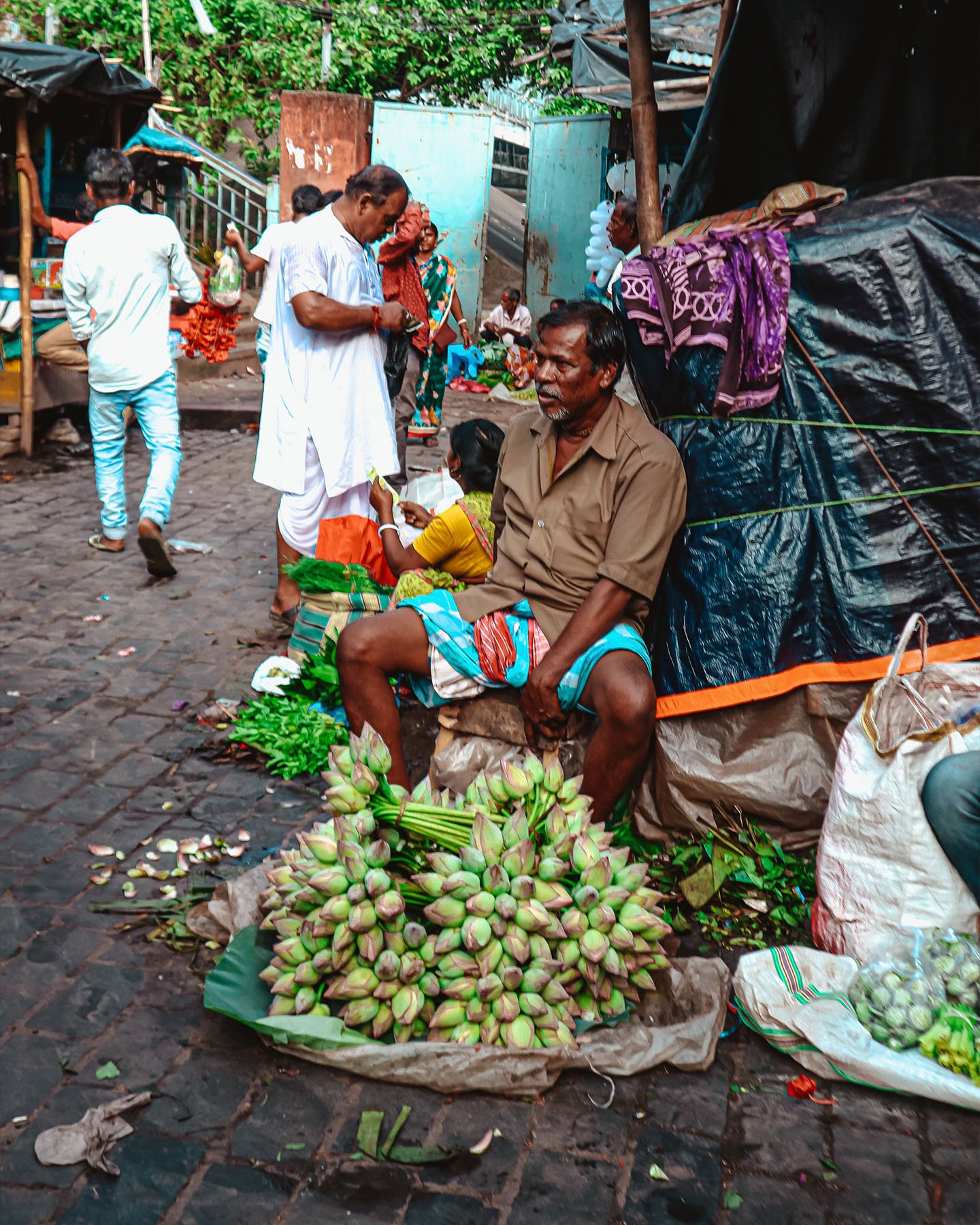

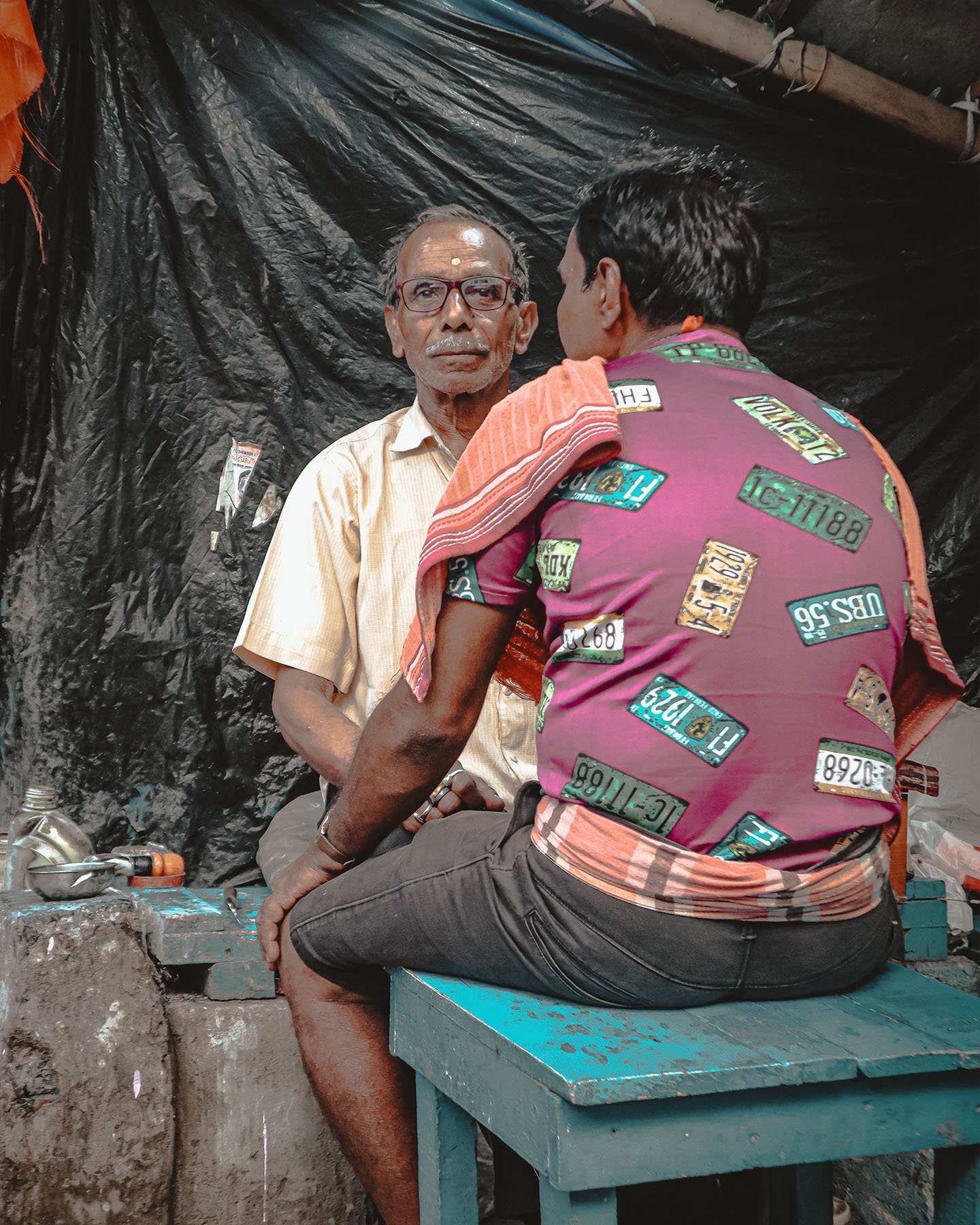
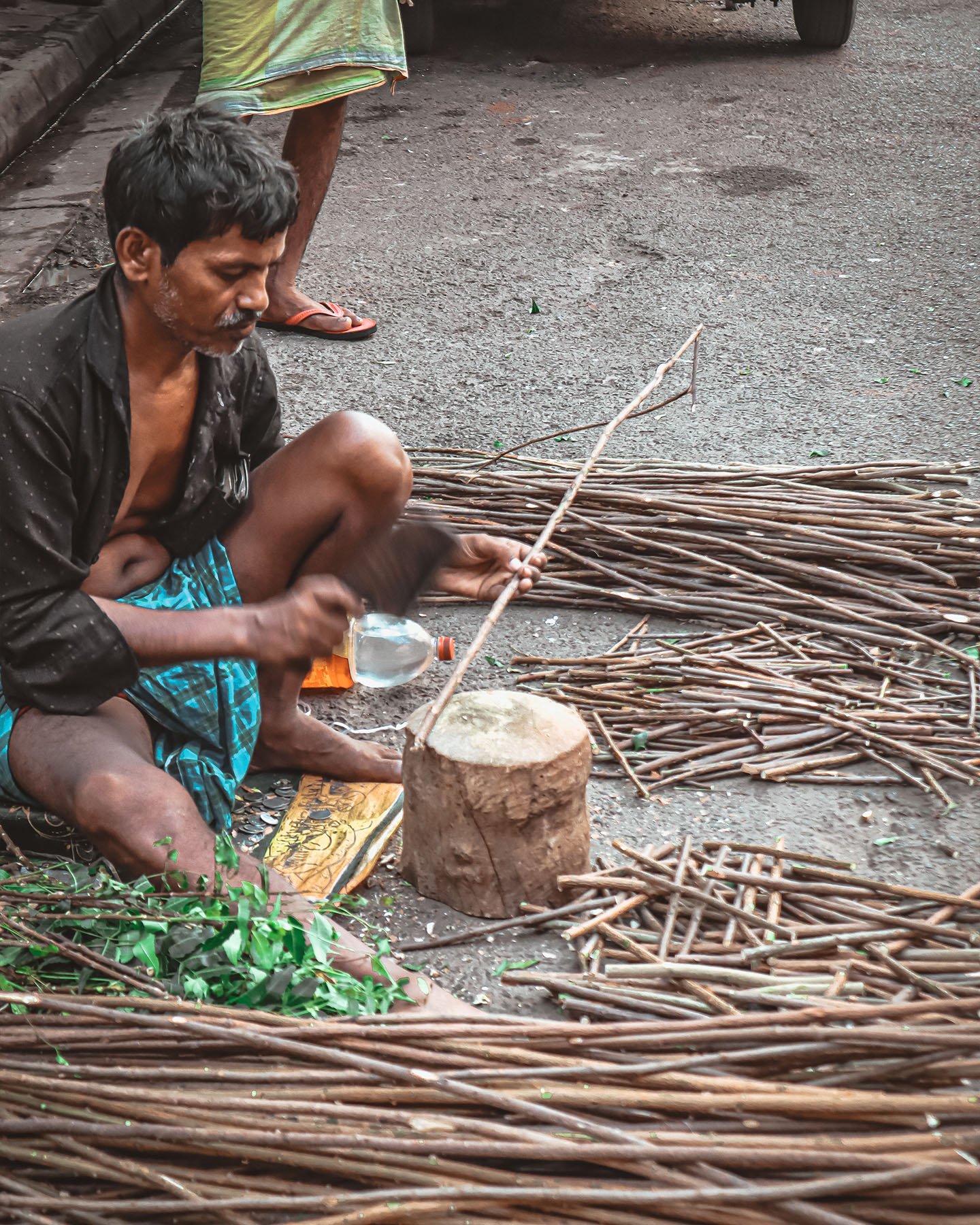

I feel like I know so many people who’ve lost the ability to feel any sense of optimism about the world… and I really can’t blame anyone who feels that way. There’s a lot of heartbreaking stuff happening, and I’m not interested in arguing anyone out of their feelings, as if that’s something that can be done.
But I do think imagination is the start of a better world, and regaining the ability to imagine is an important step.
There’s a quote about how people prefer to focus on certain peril, rather than uncertain progress. I think Katherine Boo said it, though trying to track down this quote has been futile. But the dynamic it describes is real.
I think of how when I was born, 36% of the world lived in poverty, and today only 8% do. I can also think of at least half a dozen diseases or conditions that used to be untreatable that have had major breakthroughs in just the past four years, resulting in lifespans being extended by decades.
A few things, at least, have gone really, really right. And they did so real quietly.
Joining the Pehlwani
I’ve never wrestled. No high school wrestling. I didn’t even grow up with siblings to play wrestle. So when Indian mud wrestlers actually invited me to join their practice, naturally, I suited up (or, down, I guess) and entered the mud.
When I saw who I was going up against, I was pretty surprised. Suraj himself. Leader of the Akhara. This is like putting the boss level of the video game immediately when you plug in the cartridge. Like, if Mike Tyson was your first opponent in Mike Tyson’s Punch-Out.
The bell rang. Somehow I lasted about two minutes in the arena… I’ve never wrestled before. I had a hunch that my opponent was just teasing me by letting me hang for that long, though. I crouched low. Low center of gravity, and all that. That was something I knew about. He pushed, and I pushed back. And as long as we did that, I managed to extend the length of a match I never really expected to win.
Eventually, he decided to stop drawing out the inevitable, figured out a move to flip me by the leg in just two seconds. Sheer stubbornness allowed me to put off being pinned down too soon, but it’s not like I had any real shot of flipping the script and pinning him down, so I gave in. But what a match!
A Creative Trim
What haircuts are teaching me about creativity…
First of all, I need haircuts a lot. My hair grows real fast and so to look the way I like to look I typically gotta get to the barber once a month.
Back in the day, I would wait about every 6-7 weeks before going in for a haircut to stretch it out and save a bit of money. But I always felt better and more confident after a cut and decided that was worth a couple extra haircuts over the course of a year.
If I ever hit it big, though, I might just be there twice a month.
Where am I going with this? Find out on the newest Creative Changemaker
Anyways, having creative work is a bit like having my hair. You gotta be ready to trim it back pretty often in order to be on top of your game. If you don’t, it’ll just get out of control on its own.
What do I mean when I talk about a trim for your creative work? I’m talking about that segment of your audience that limits your creativity as you try and cater to their sensibilities. The excessive commitments that tend to accumulate over time. The chaos of what’s around you.
One of the first things I’d trim is about 20% of your output. Are you committed to writing three articles a week? A video every week? A song a month? Is there a way to pull back from about a fifth of this work?
I’m not trying to stop anyone who’s making this stuff from a state of flow. But I am conscious that being driven by quantity ultimately weighs down quality.
Last year, I was doing two short form videos a week and releasing two articles a week. It worked for me then, but I realized I really didn’t need to be doing all that. Trimming it down to one of each a week has allowed me to take my time, which has in turn improved the quality of my videos and left me with more time.
Two things go up as the overall workload goes down. The first is the quality of the work. You no longer feel like you’re just cranking stuff out in order to play catch up or to keep up with a self-imposed quota. You can pour more of your ideas and consideration into each individual effort.
This ultimately makes the process more fun. When you’re simply concerned about creating something the way you envision it, even if the process is really efficient, it’s a good indicator you’re hovering around flow state.
Don’t be afraid to look at your targets, your release calendar, or whatever rhythm you’re into and realize that the bottom 20% of it represents the least fun projects that have the smallest impact on your bigger goals. While there may be some value in getting in your reps, it’s far more common for these to be things that hold you back from your best work.
Another important thing to look out for that you’ll want to trim right away are time sucks.
Tasks that you find yourself doing very frequently that take a lot of time that ultimately aren’t really worth it.
Cut those out right away.
For me, the most common time sucks are habits that I’ve stuck with over time in the area of record-keeping. I tend to obsessively back up all of my creative work. That part is a good and worthwhile thing to do, as any past victim of a hard drive failure is well aware. The problem was the obsessive cataloging that I committed myself to.
By having such a complicated system of folders and sorting all of my photos and video clips, I felt productive, but really I was committing massive amounts of time for an endeavor that provided a really small benefit.
People more commonly tend to use the word ‘time suck’ to describe things like Instagram or Netflix or apps where it’s too easy to commonly get lost scrolling and staring until a whole work day has disappeared while you were distracted.
Of course, if that’s an issue, definitely look for ways to get rid of that. I’ve never exactly used one, but it seems like those app-blocking extensions have been helpful for a lot of people.
There’s one other thing to trim back constantly and it’s perhaps the scariest one for people. But to do your best creative work, you must be willing to regularly lose about 20% of your audience every so often.
I get why that’s scary. You work hard to gain people’s attention and support. Why would you lose them?
Well, I don’t necessarily mean outright dumping your audience. Usually. I have heard from some online creators that they tried to cleanse their follower list by removing the 15% least engaged audience members. A good portion of these were bots or people who weren’t seeing and interacting with their work anyways. Shortly after doing that, their engagement went way up.
So if that’s of interest to you, go for it!
But I think you also need to be willing to grow and evolve as an artist and a human in ways that might not resonate with your audience. You need to understand that when a person decides to follow you, it represents a decision at one point and time, and over time you will drift from that point. Perhaps you’ll drift in the same direction, but this doesn’t always happen.
Artists often work themselves into a place of confusion when they’re trying to appease longtime audience members, newcomers, all while evolving in a natural and organic way. This can sometimes trap people into creating from a position of fear or defensiveness, instead of boldly looking for ways to assert new ideas.
At a certain point, you have to realize that there are a lot of good practices and ideas, but if you try to adopt all of them, you’ll end up with such a full plate that they’re no longer all that helpful.
Brandon Marsh
Baseball’s back! Well, the Phillies are shaking off a good bit of rust in these first two games. But I wanted to celebrate so I drew one of the best at celebrating… Brandon Marsh!
Three 2024 Predictions:
1) Jung Hoo Lee over Yamamoto for Rookie of the Year
2) St. Louis returns to form. Royals surprise peeps and flirt with playoffs.
3) Phils and Braves meet in the playoffs yet again.





